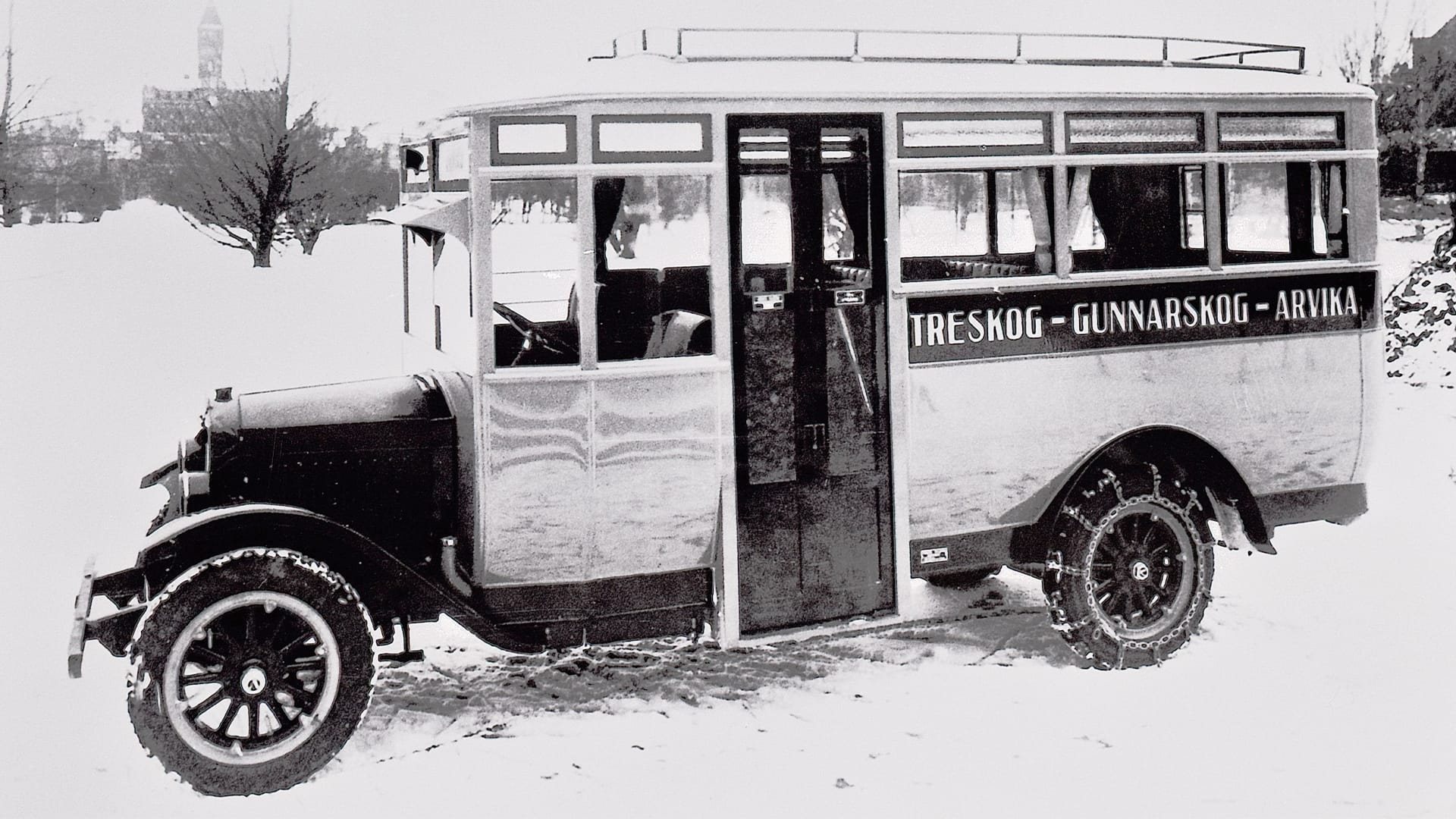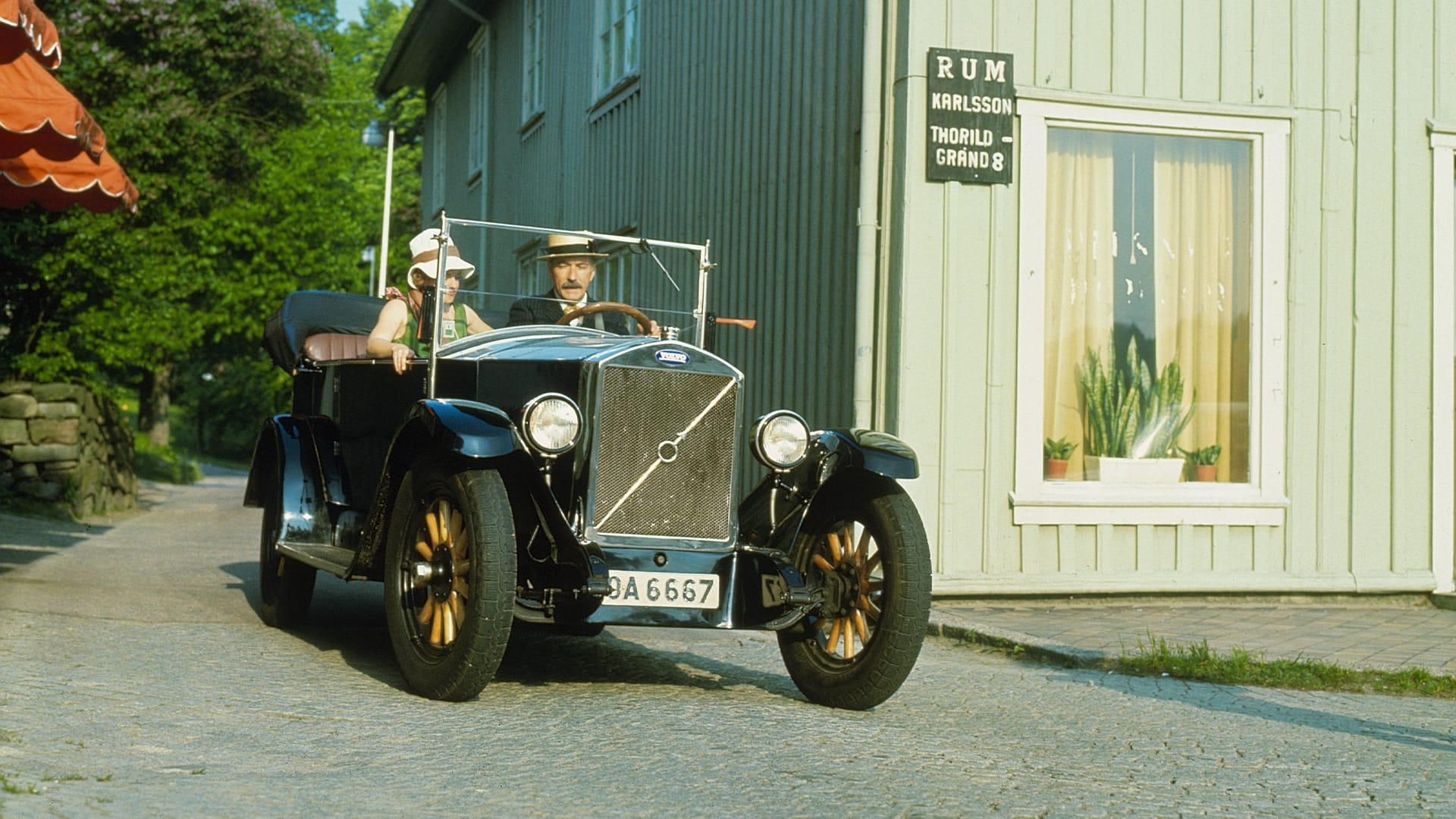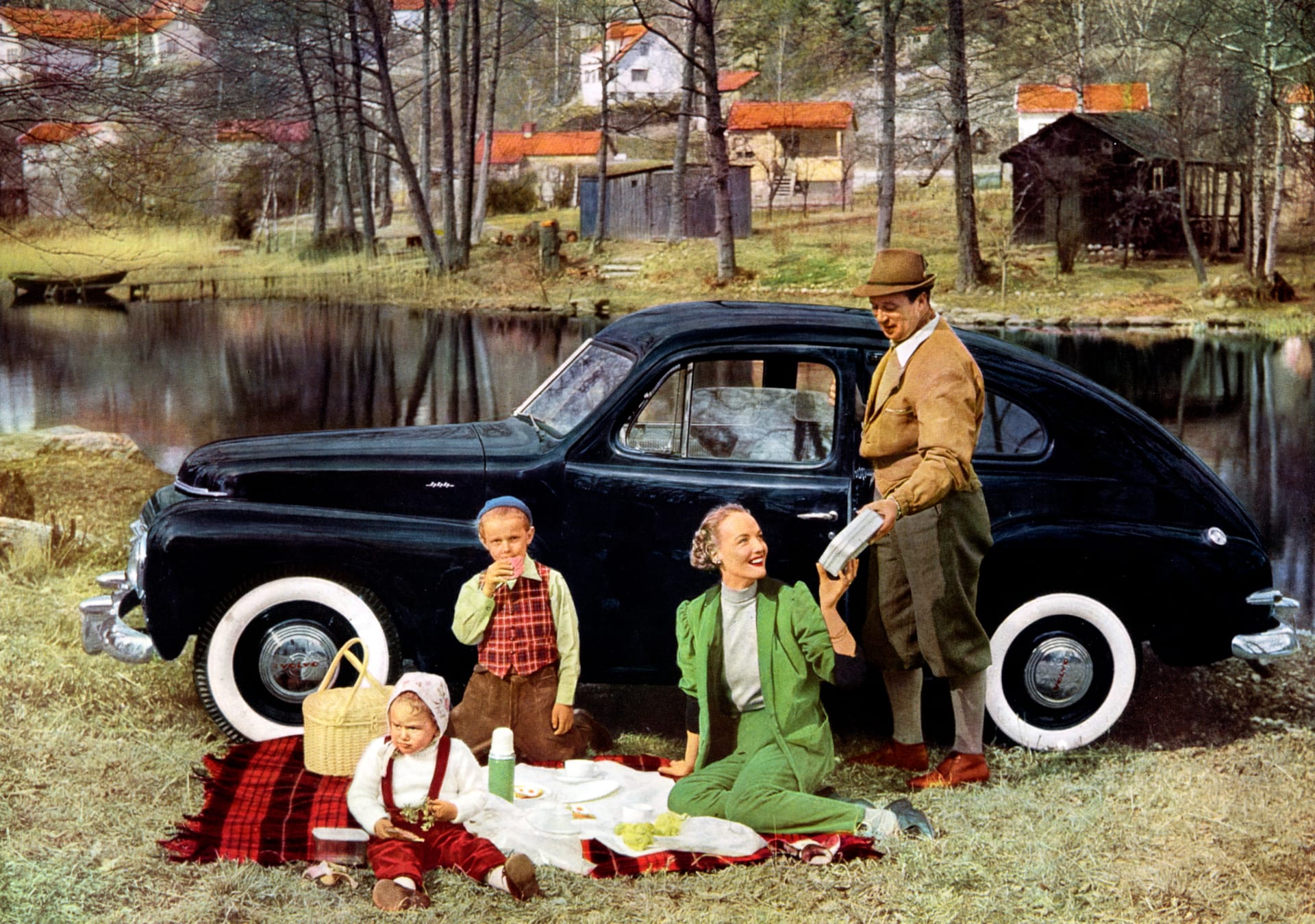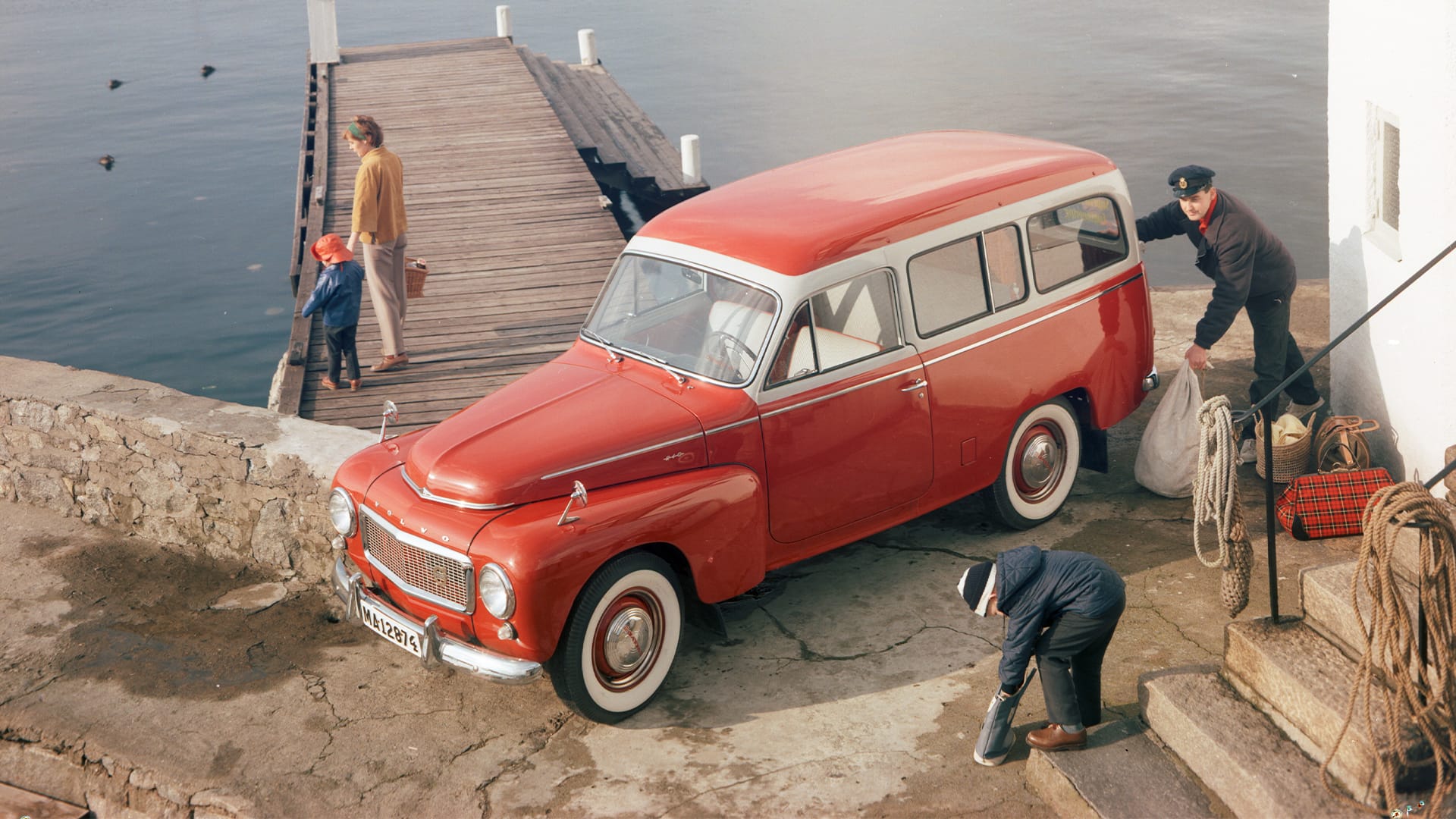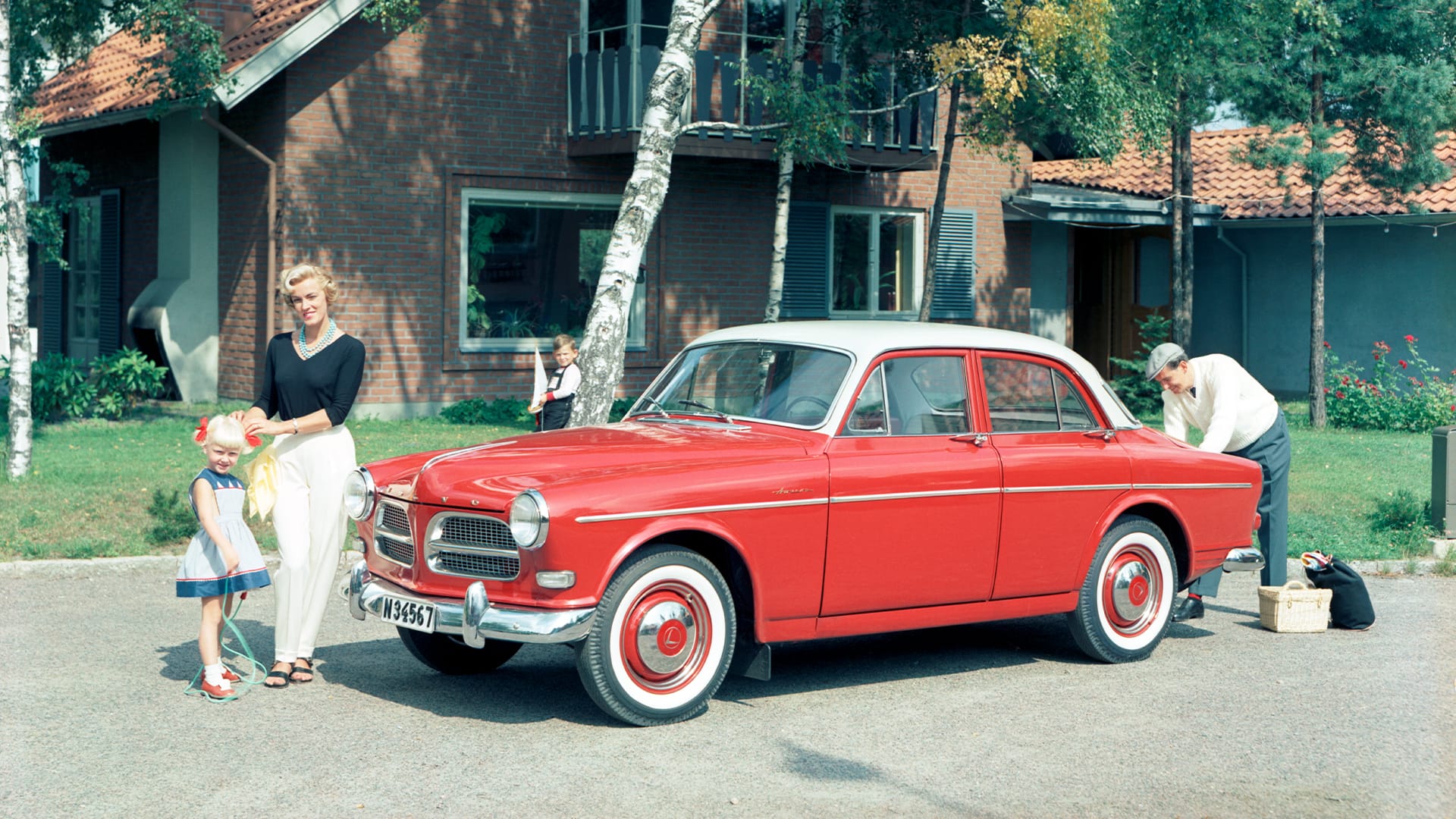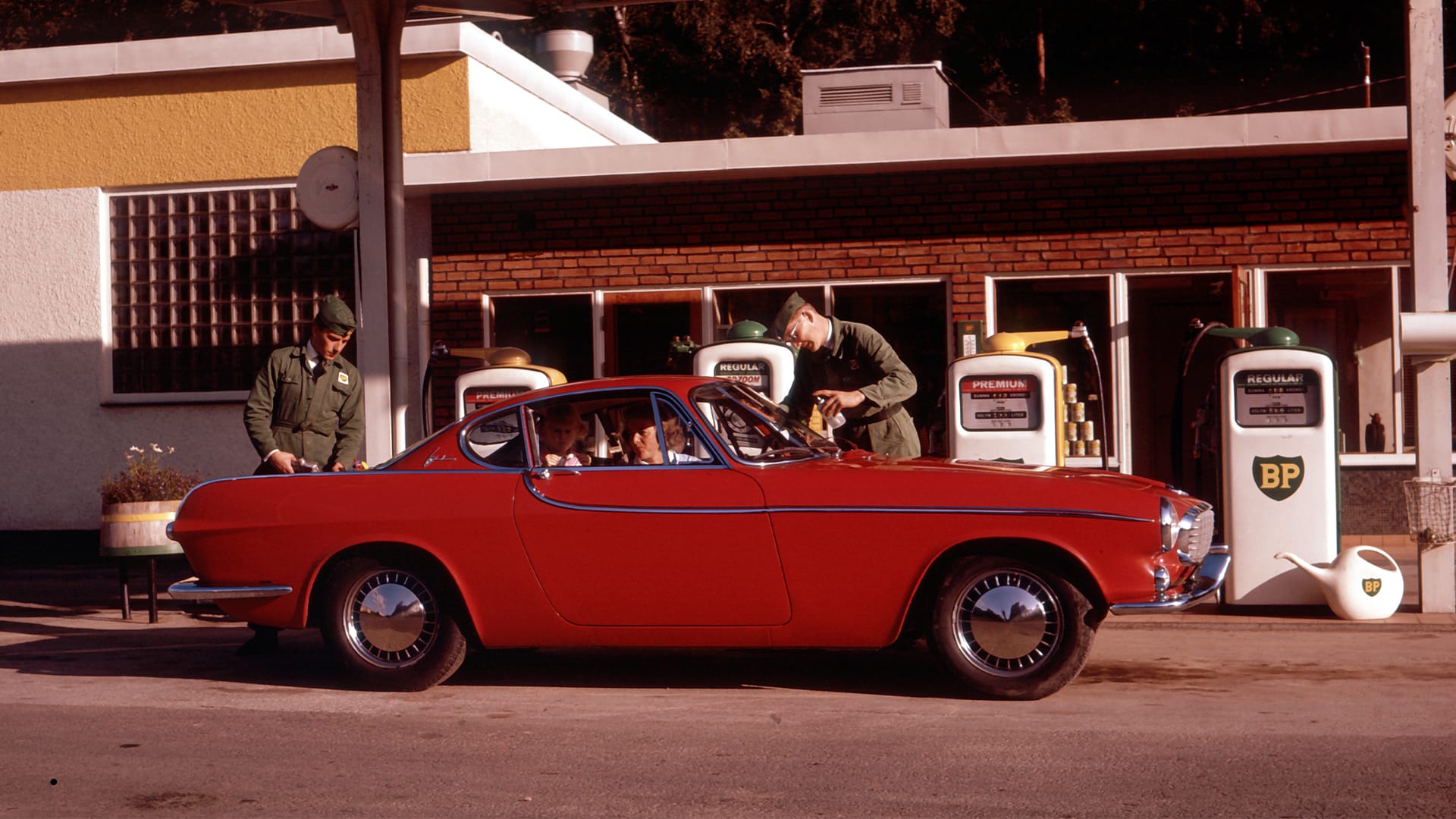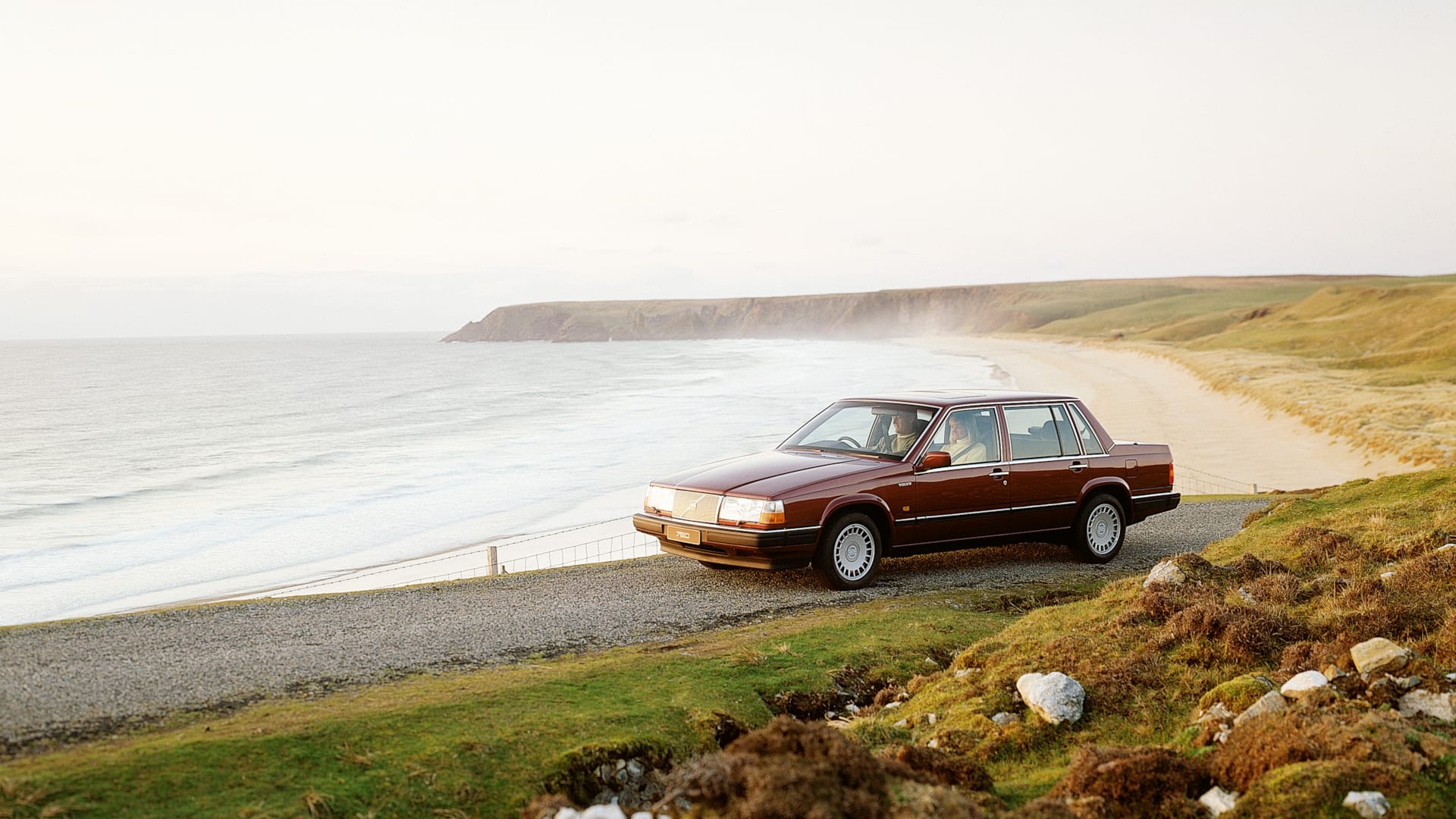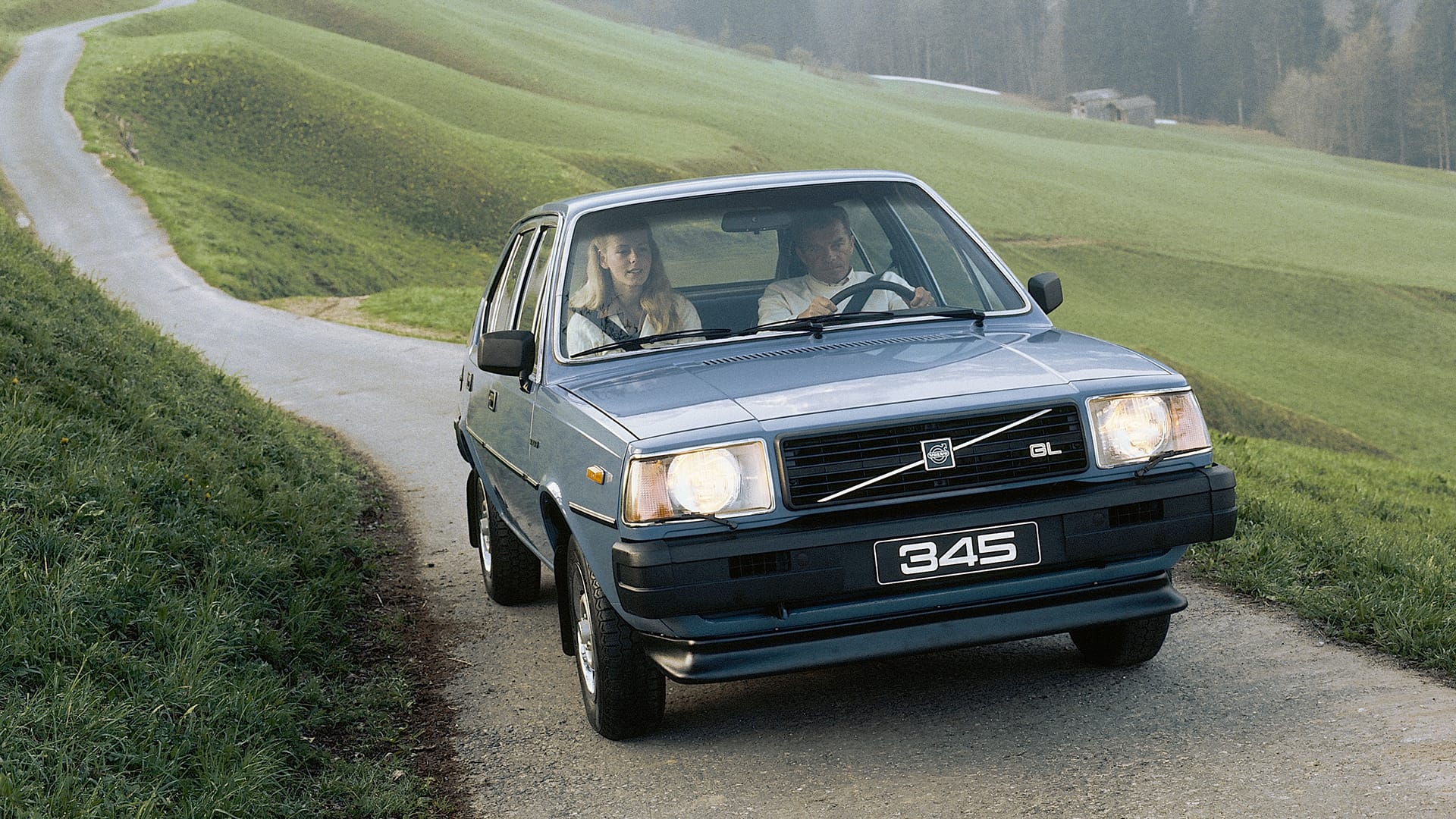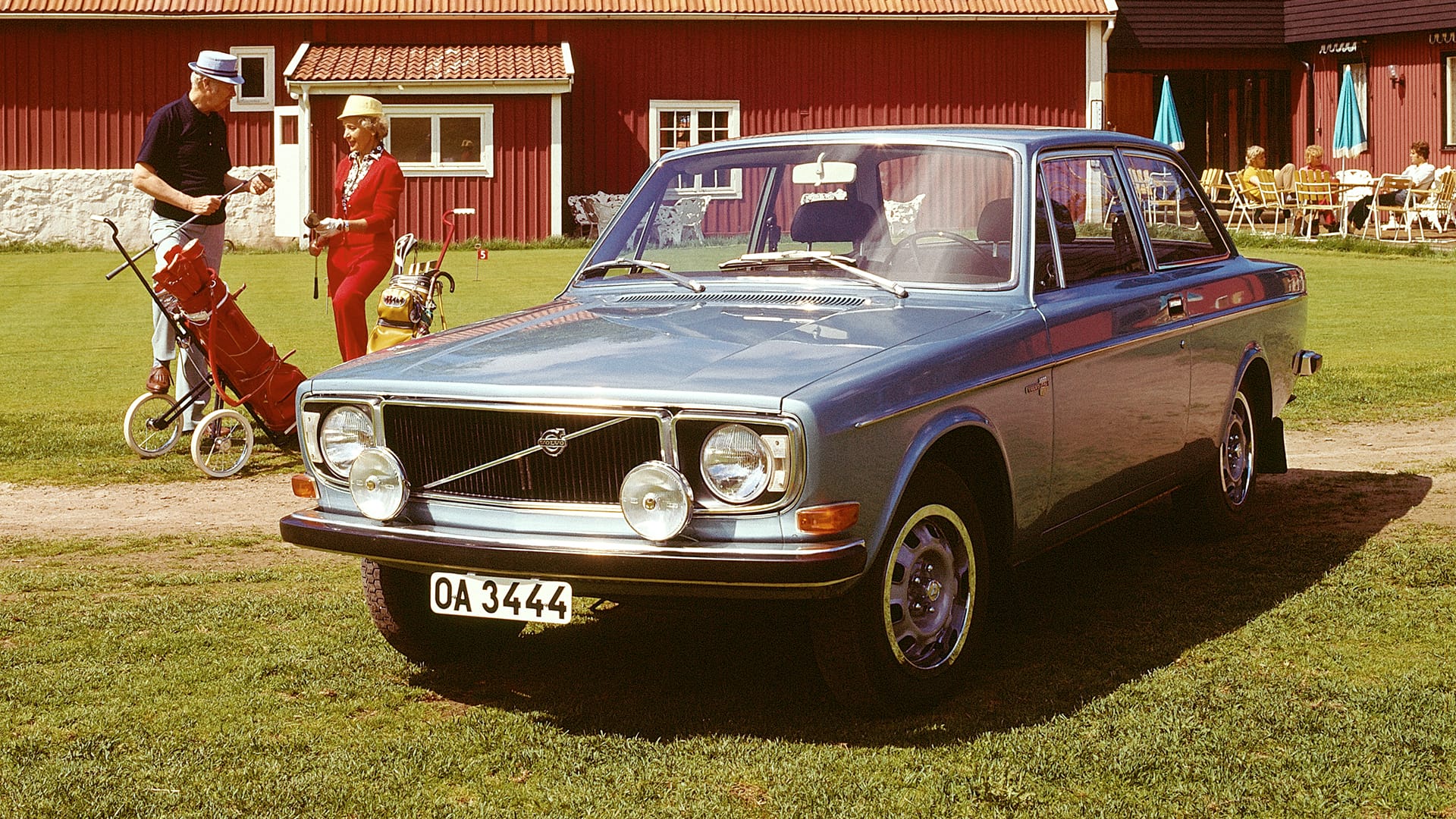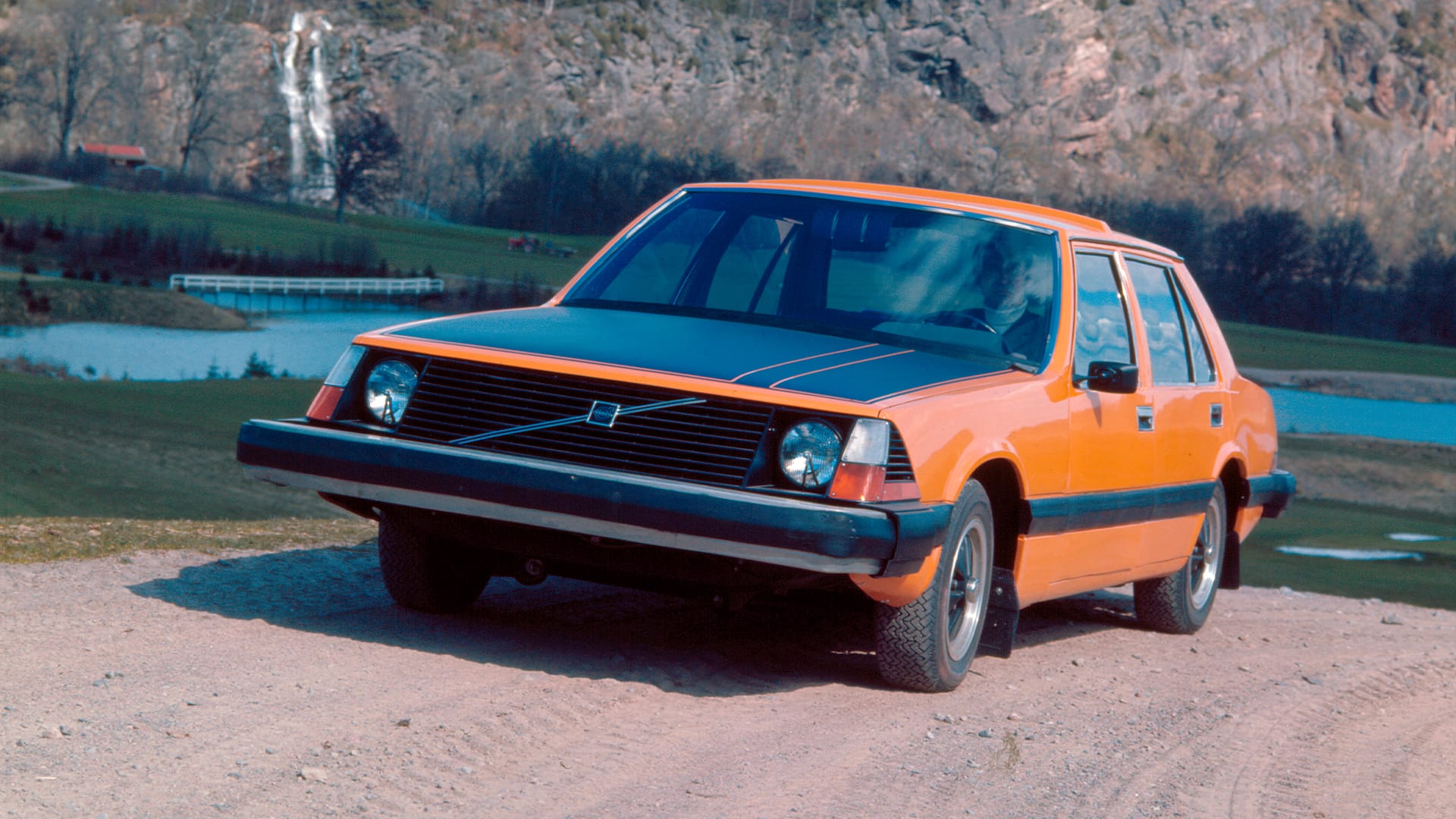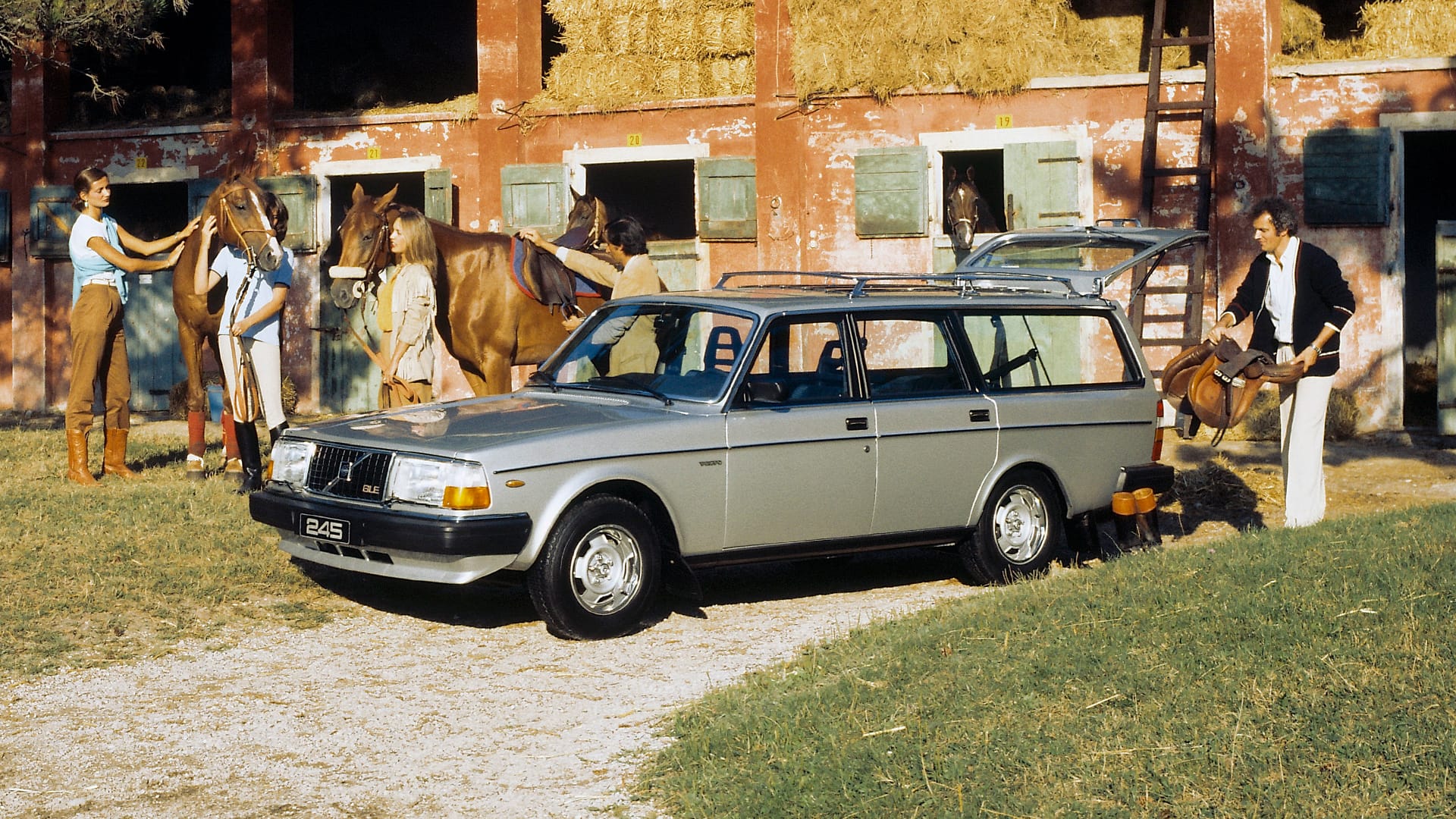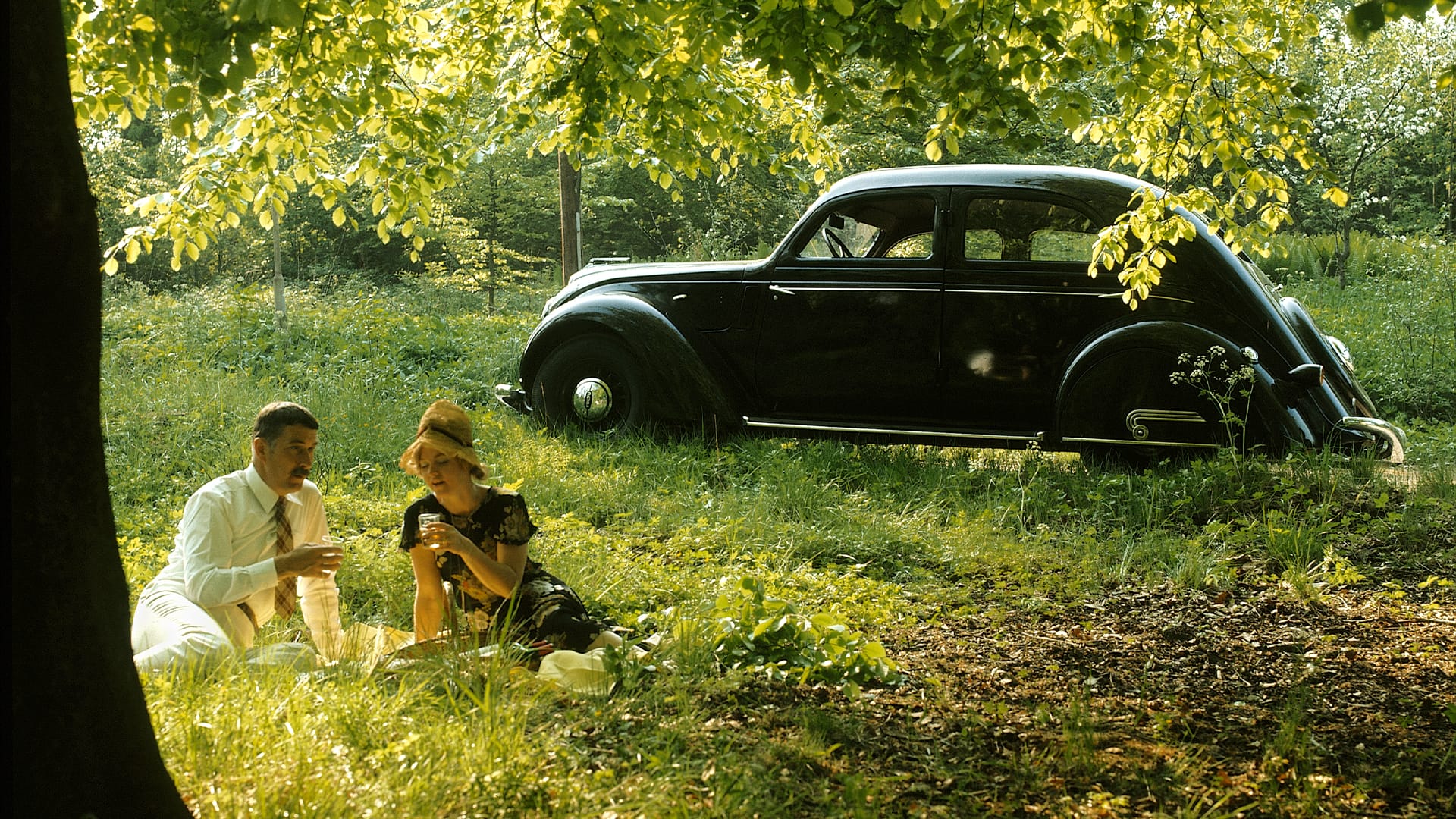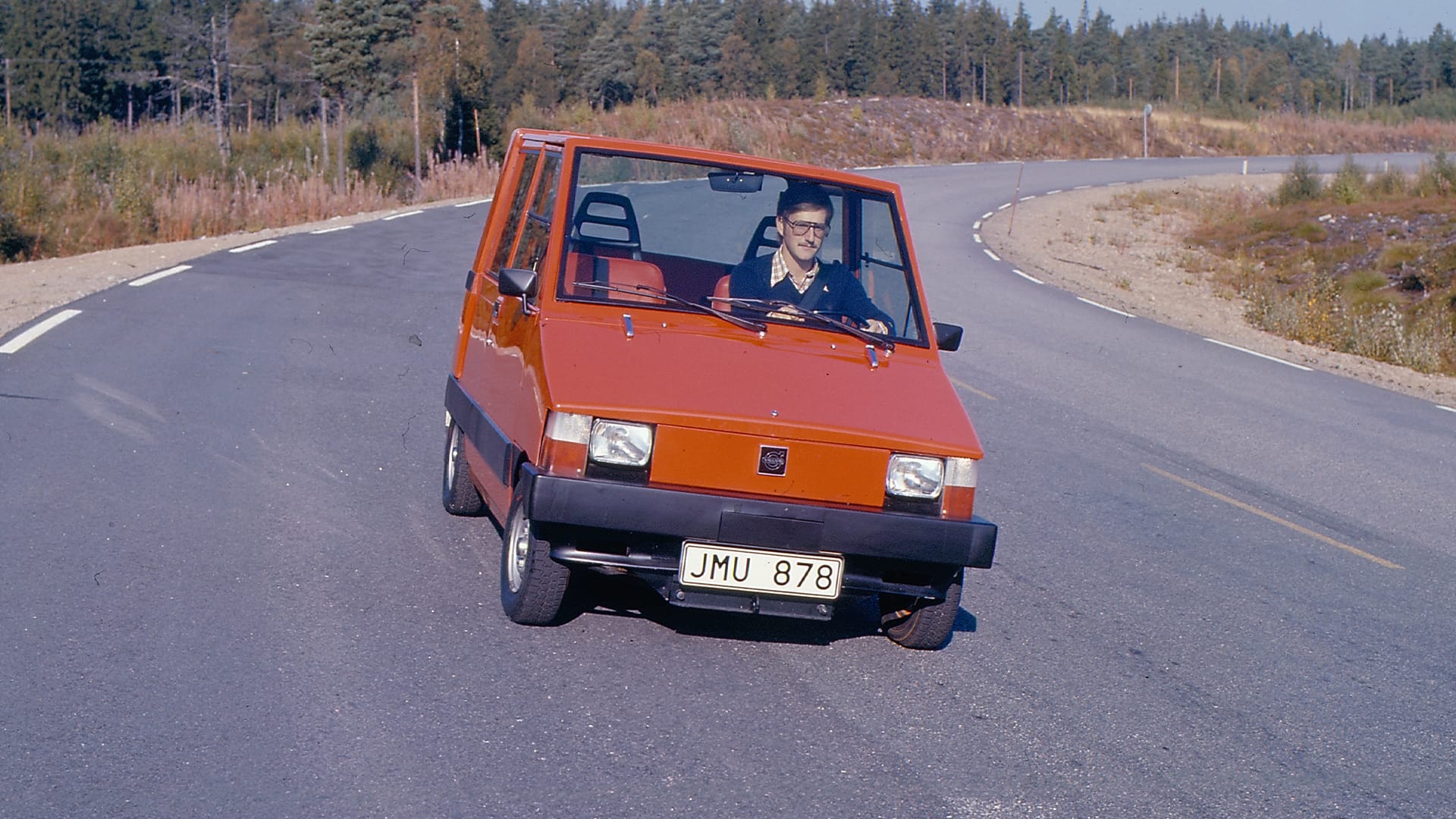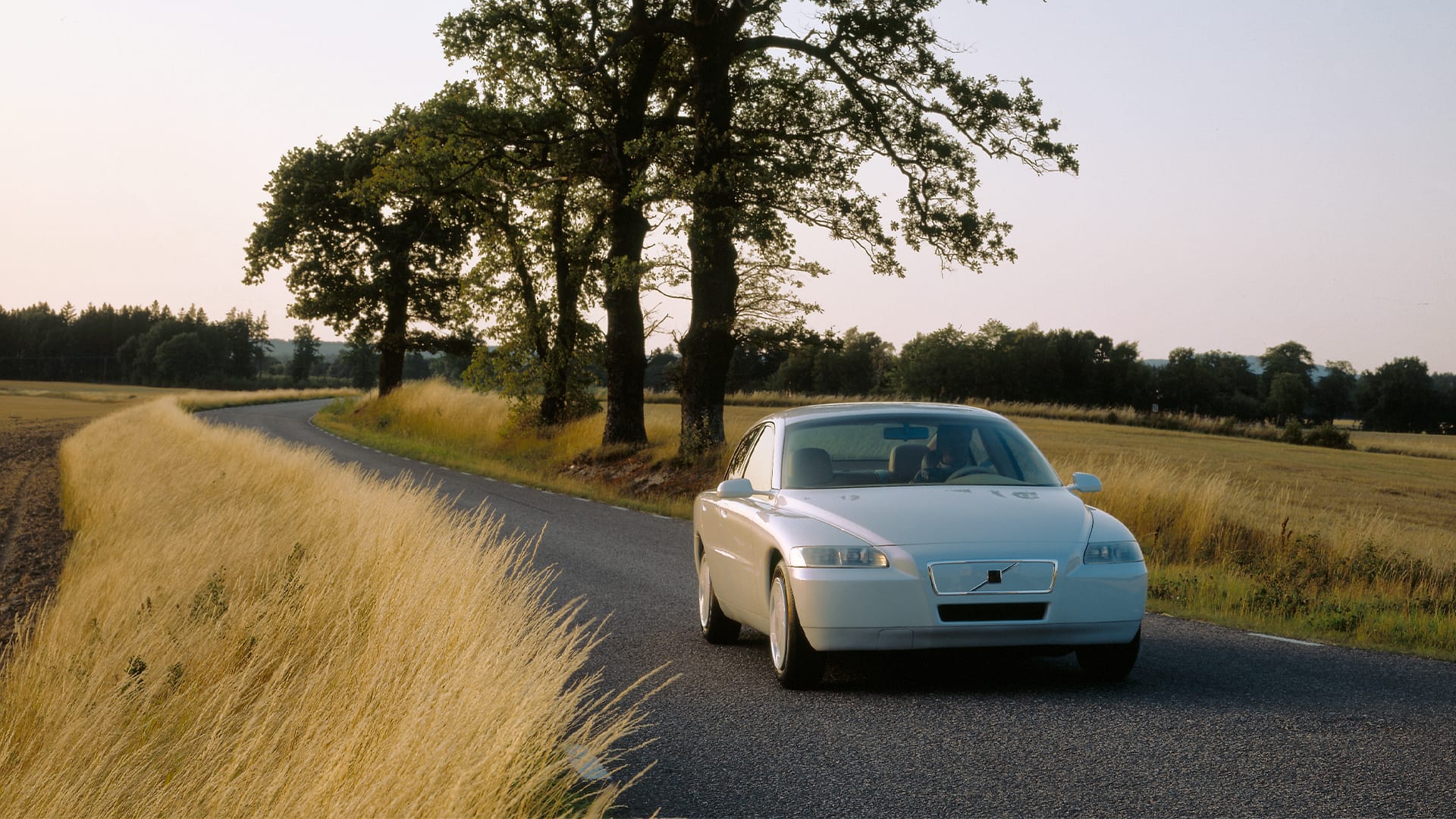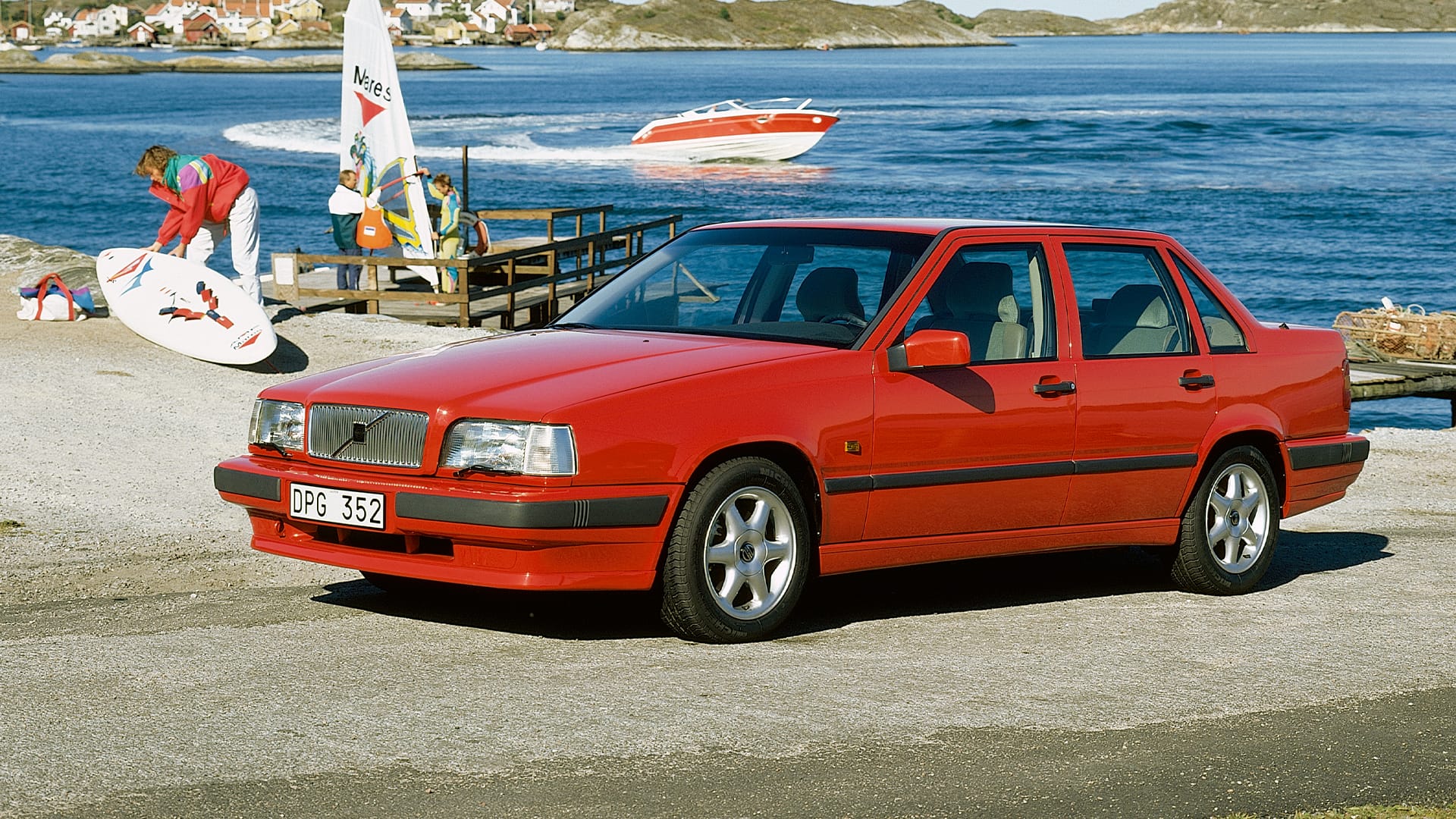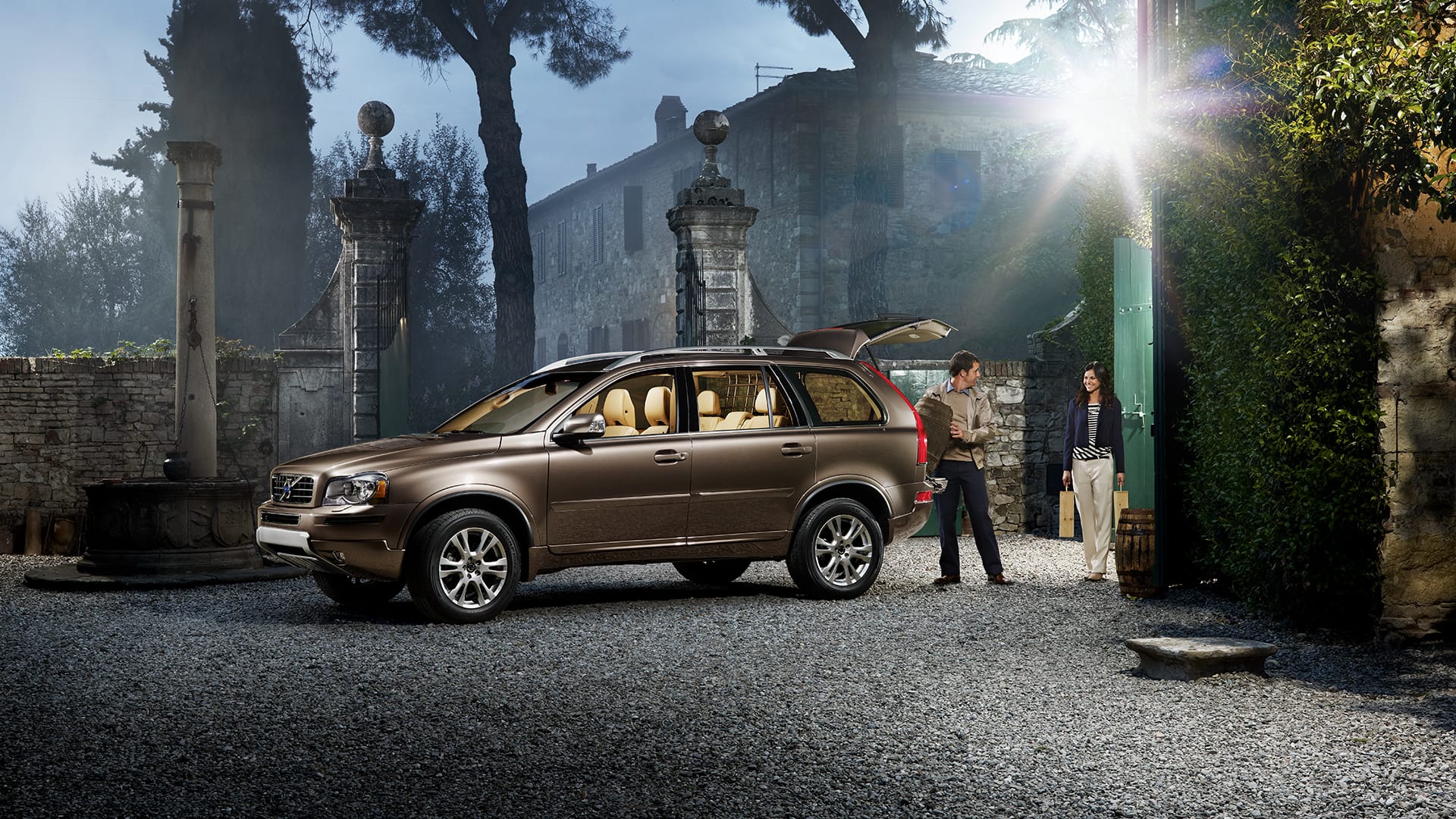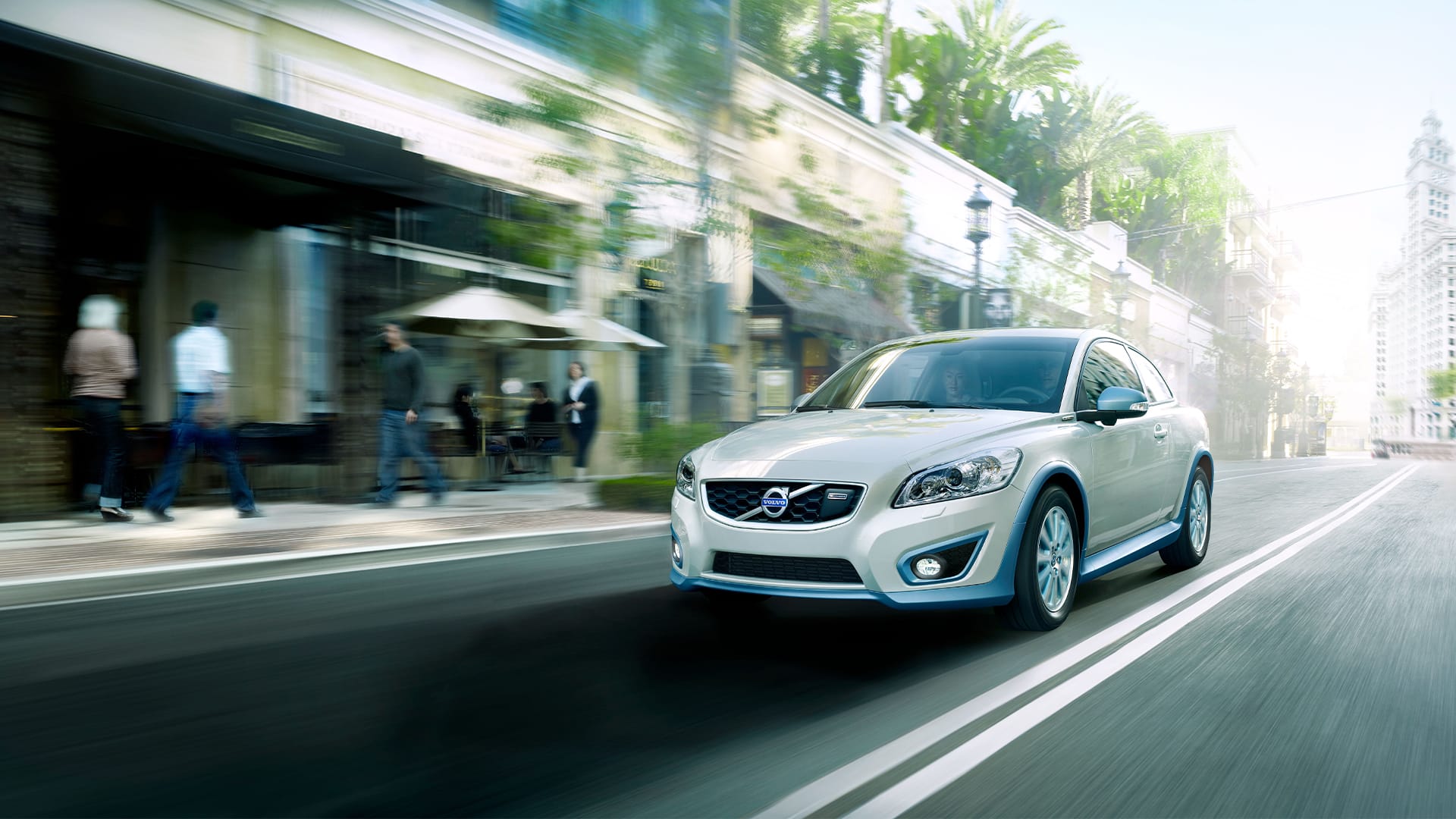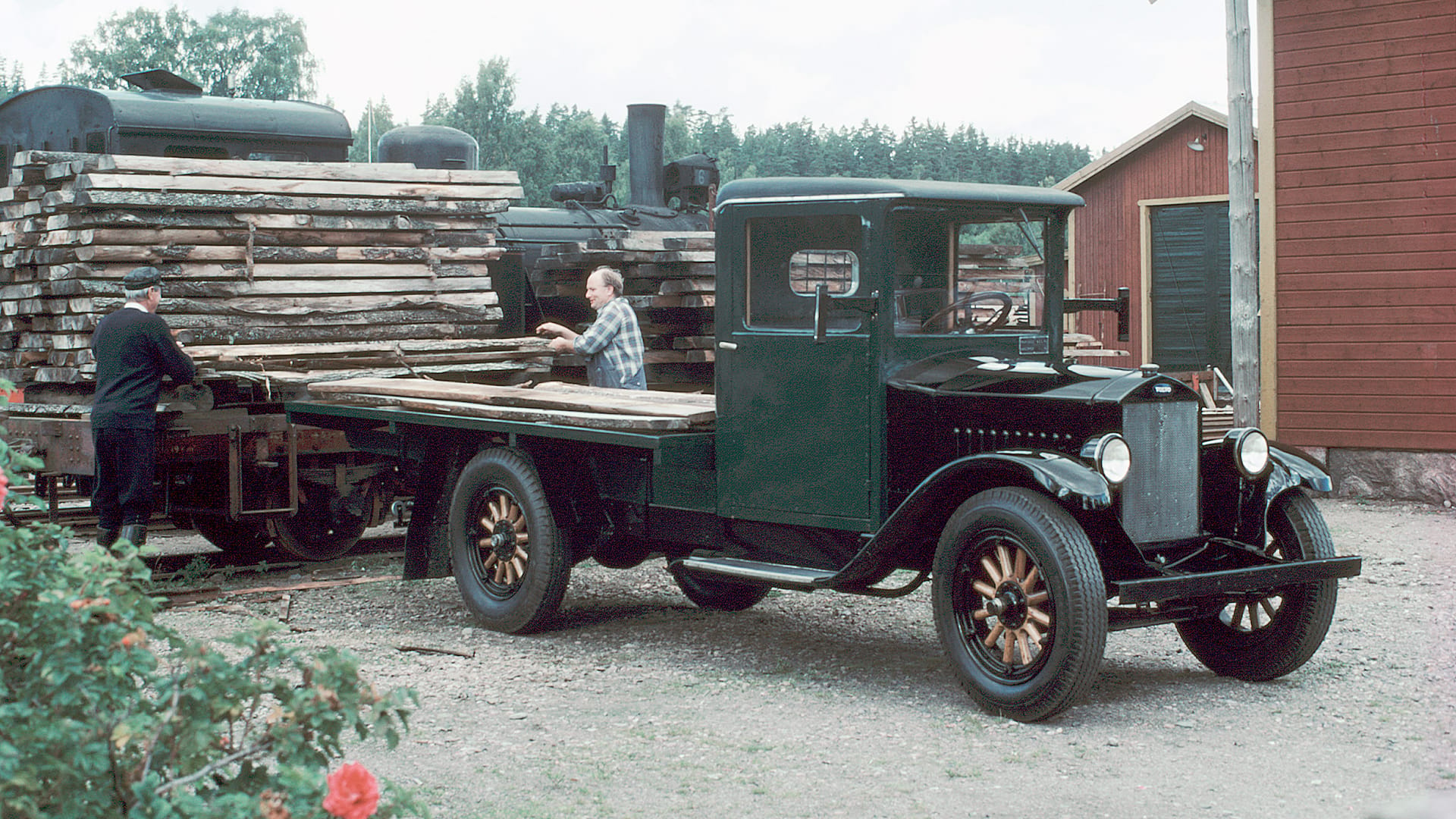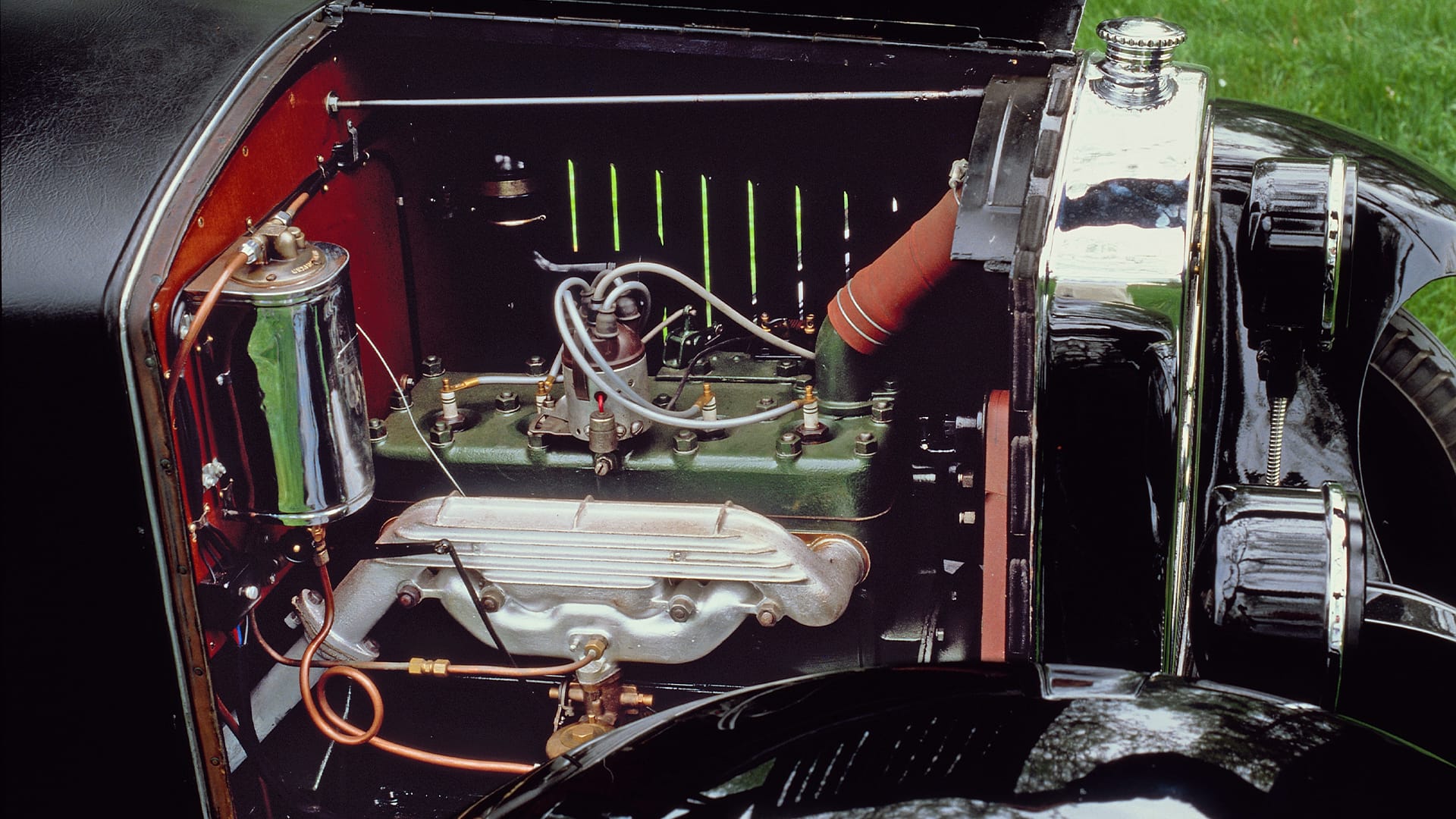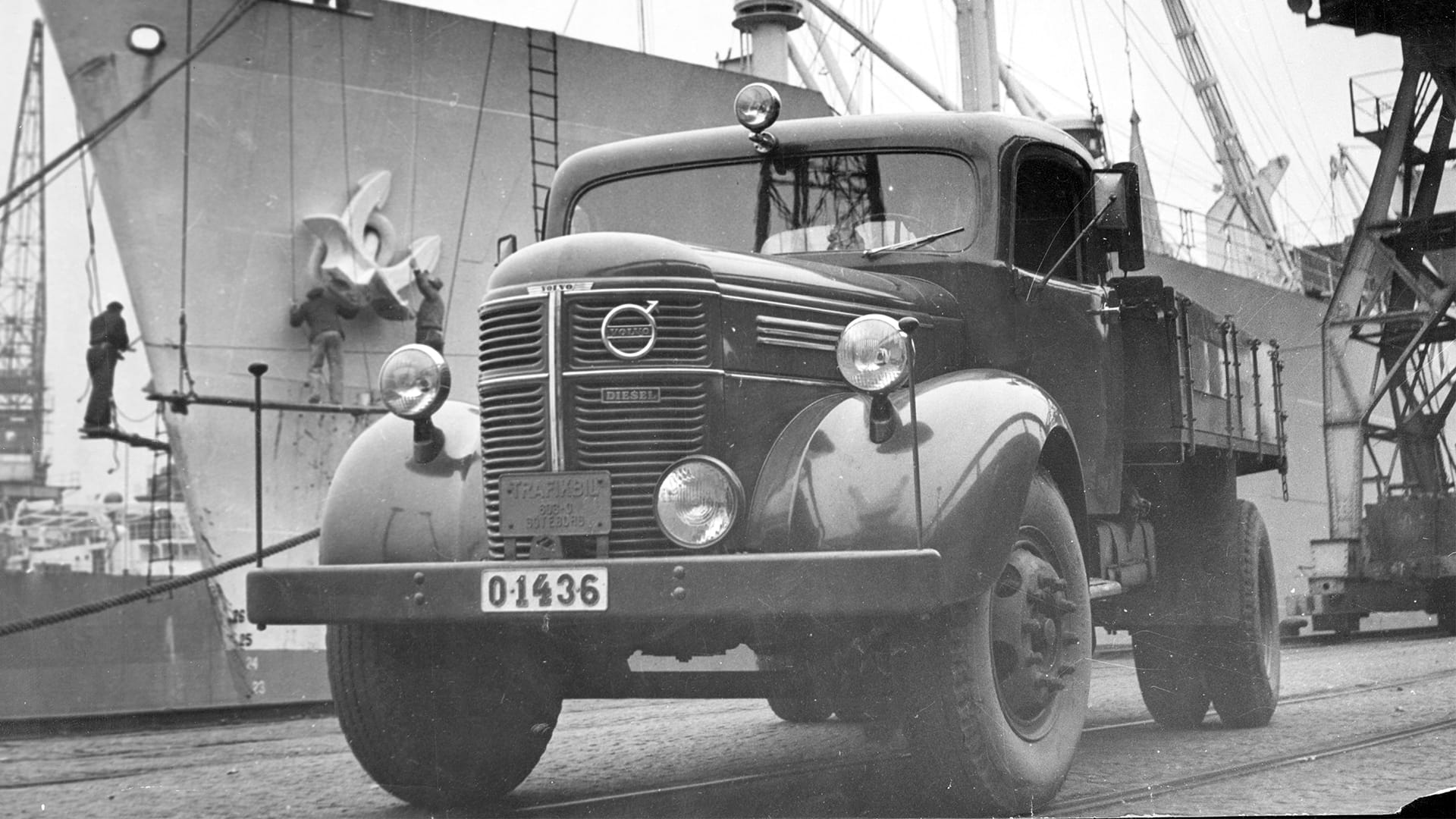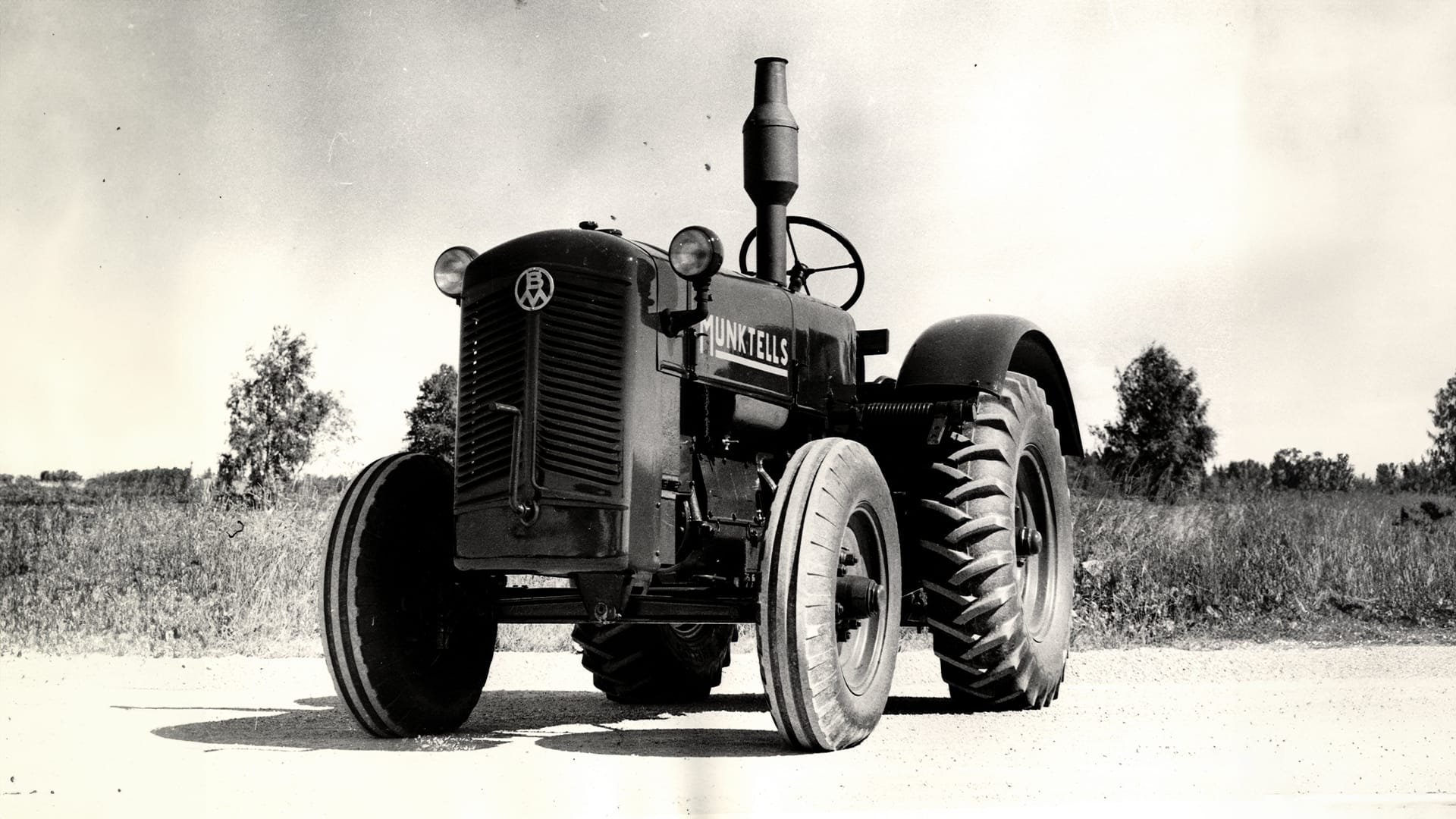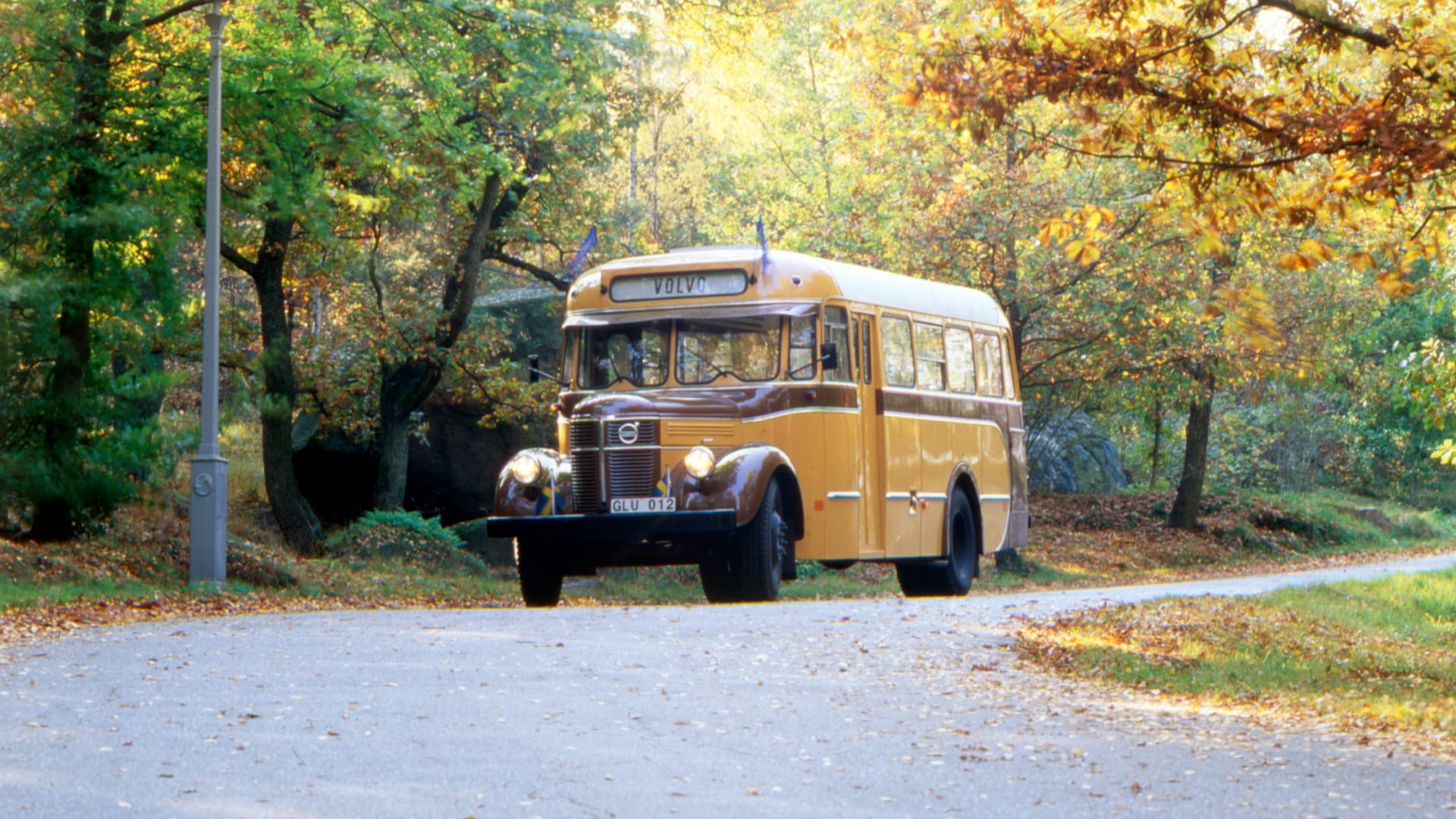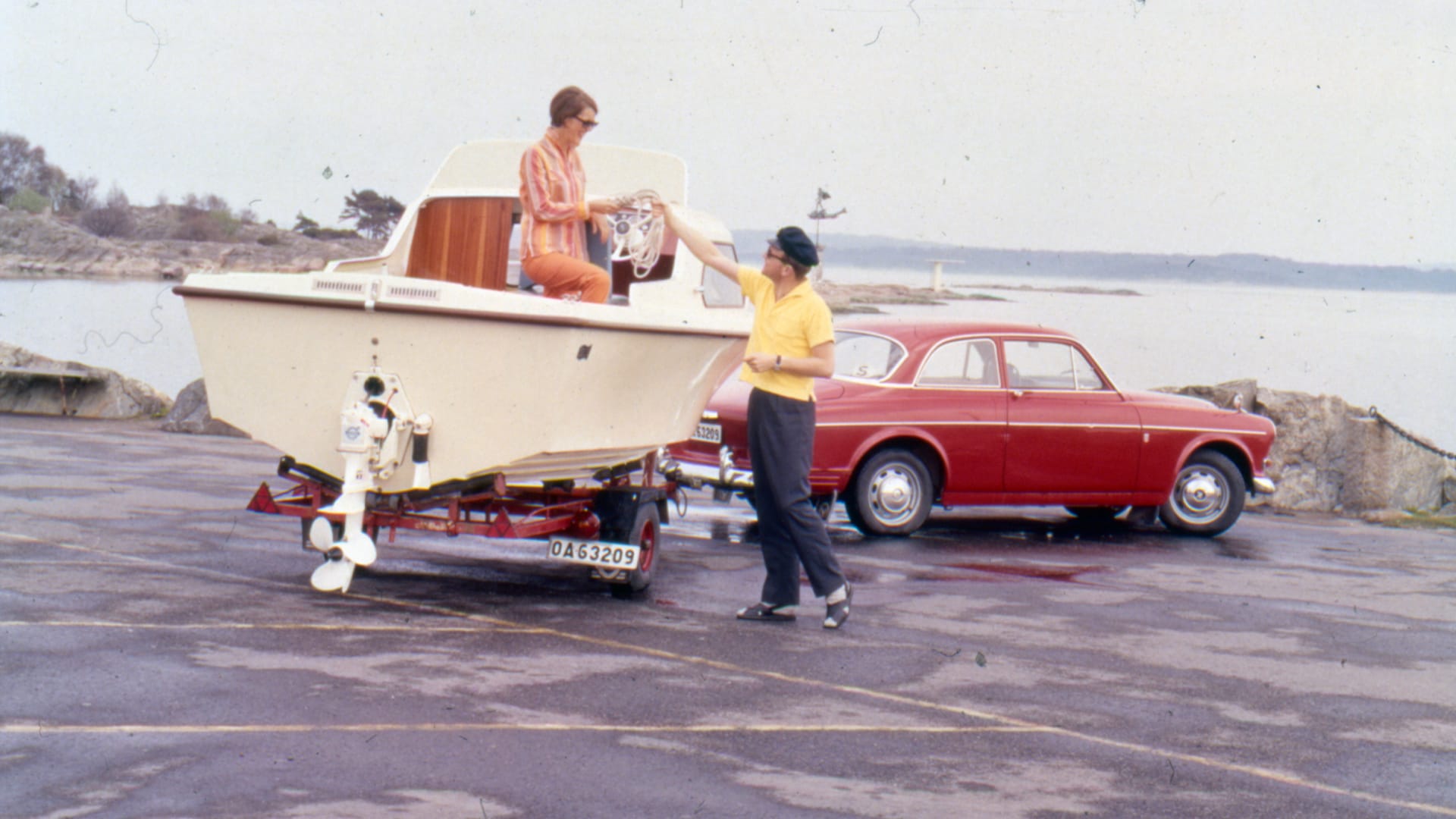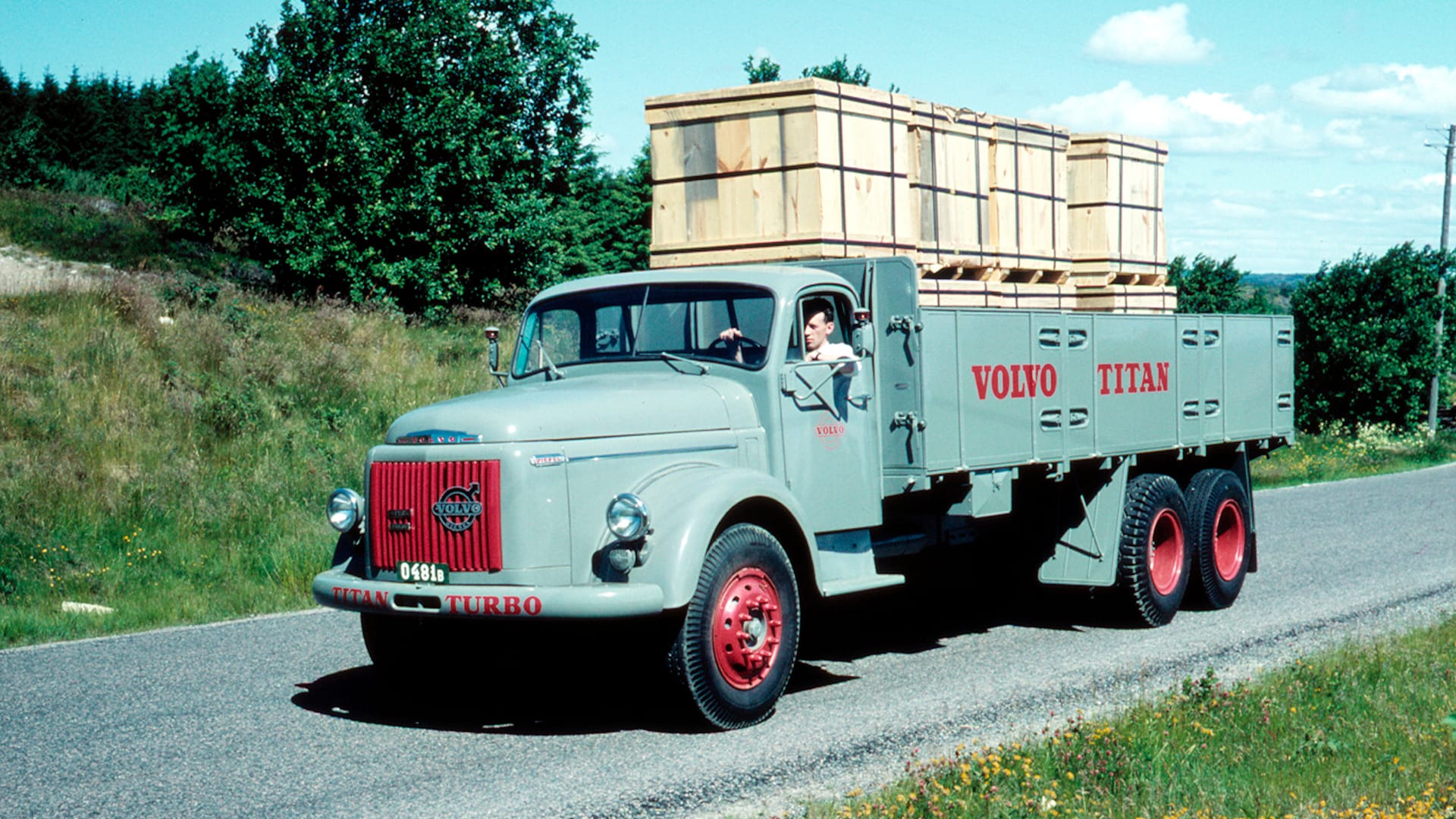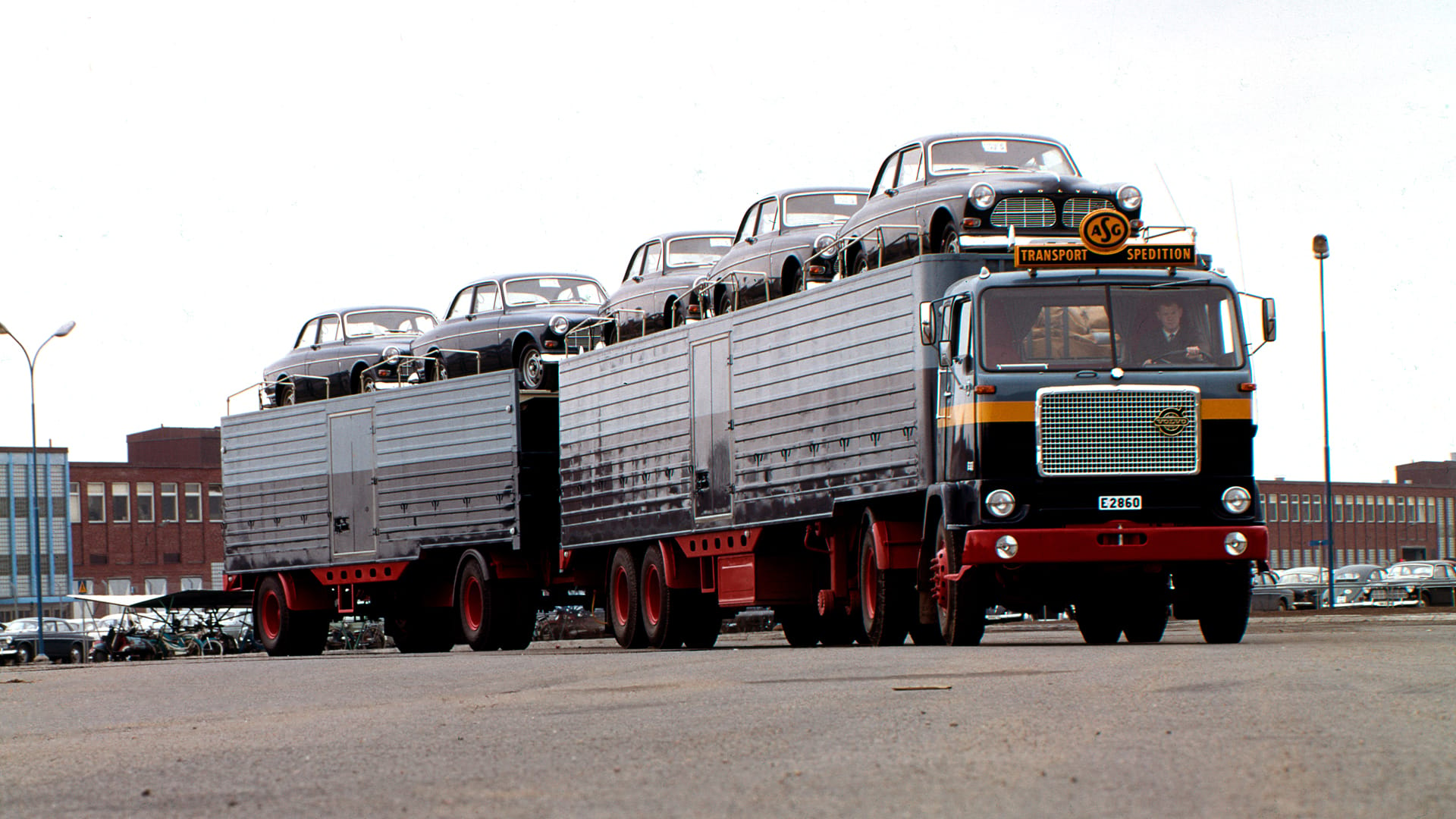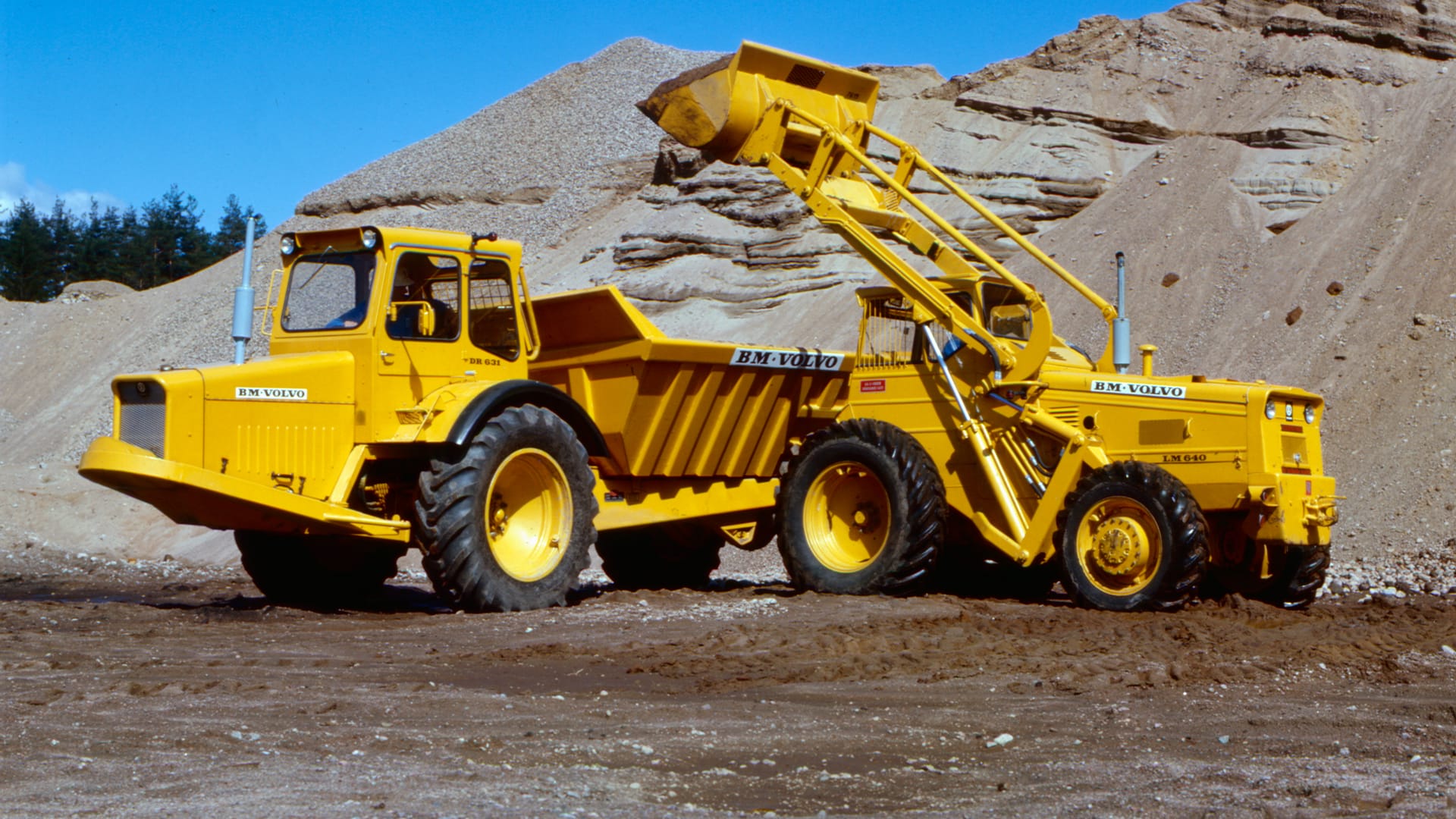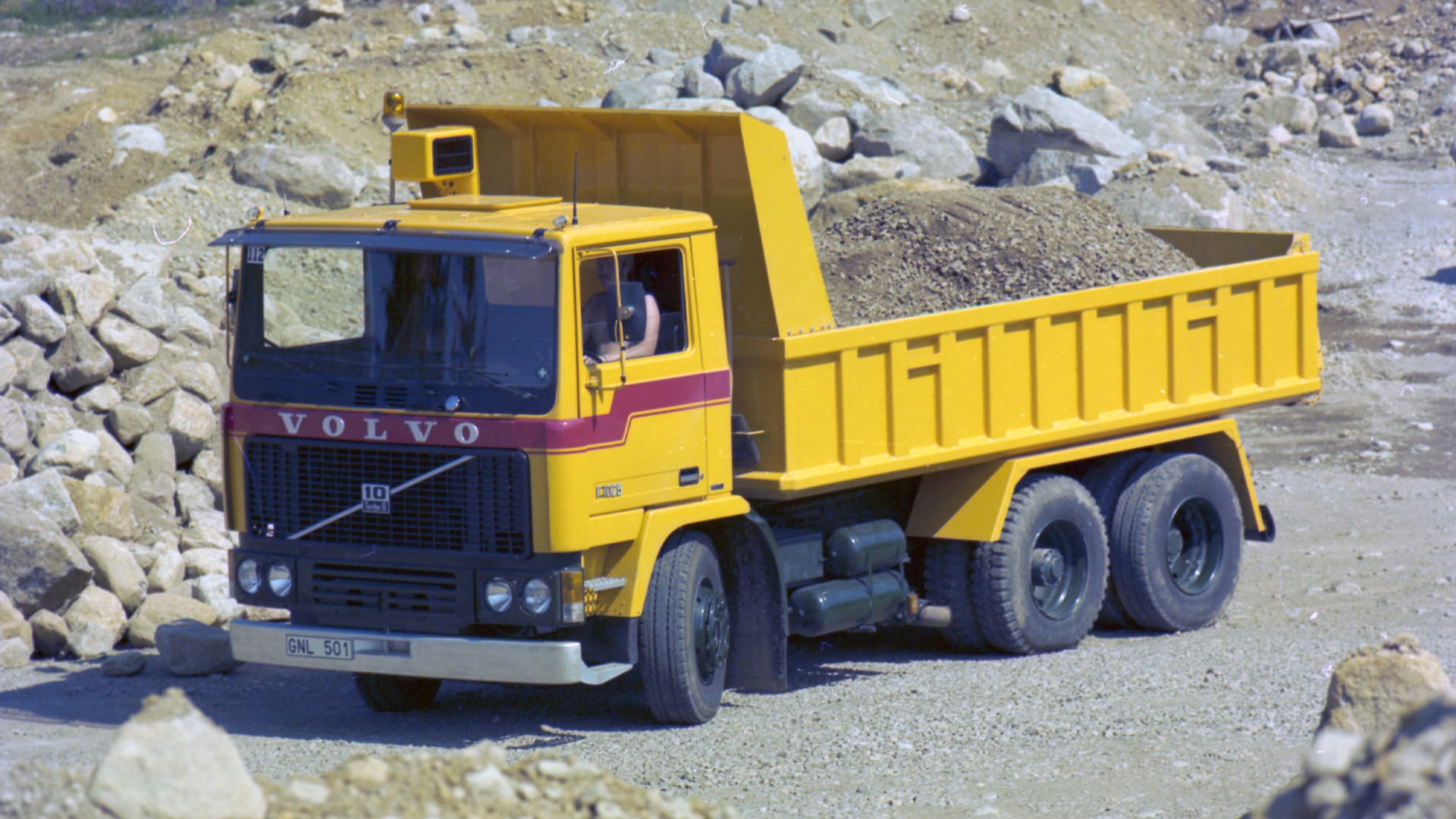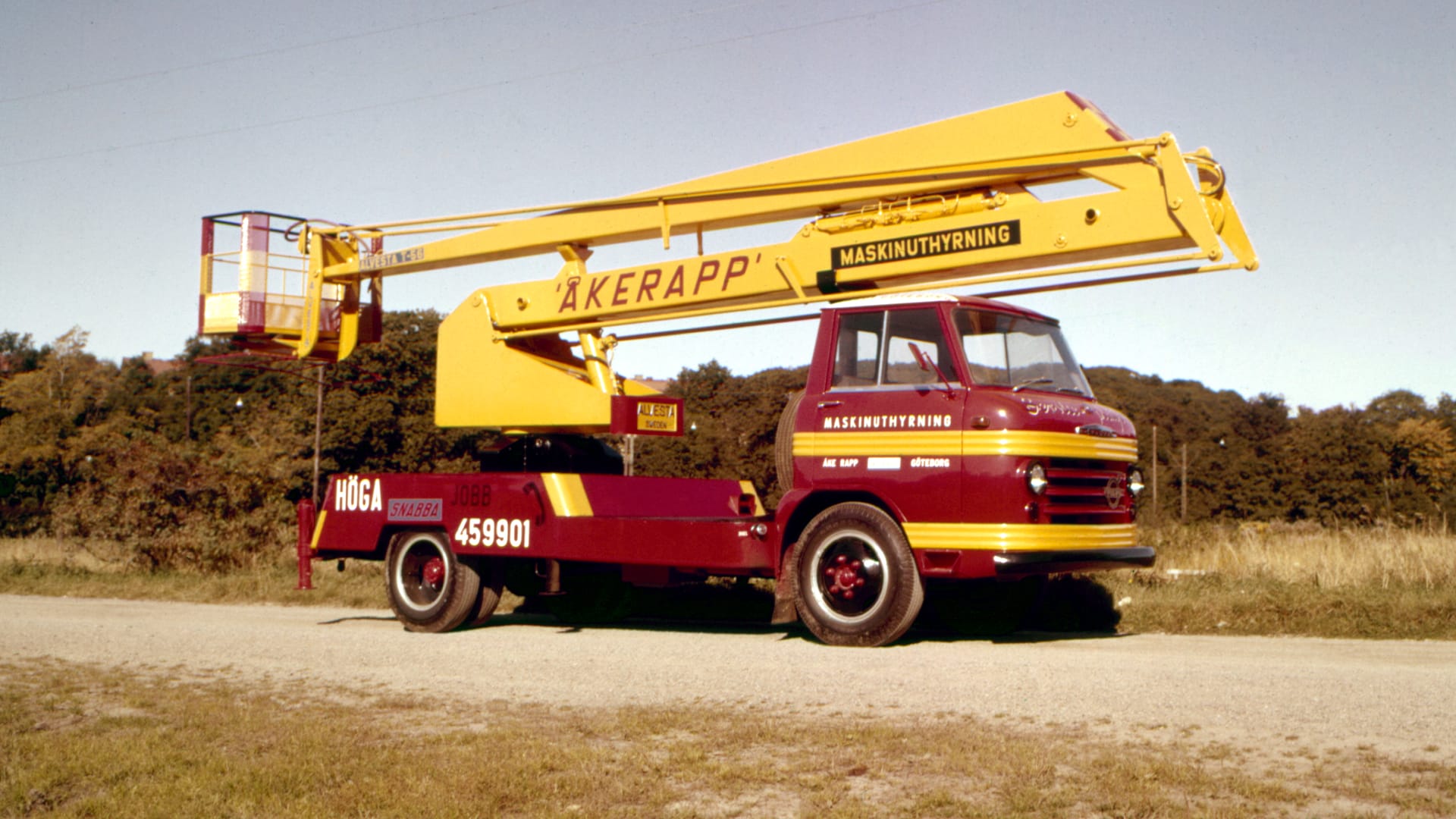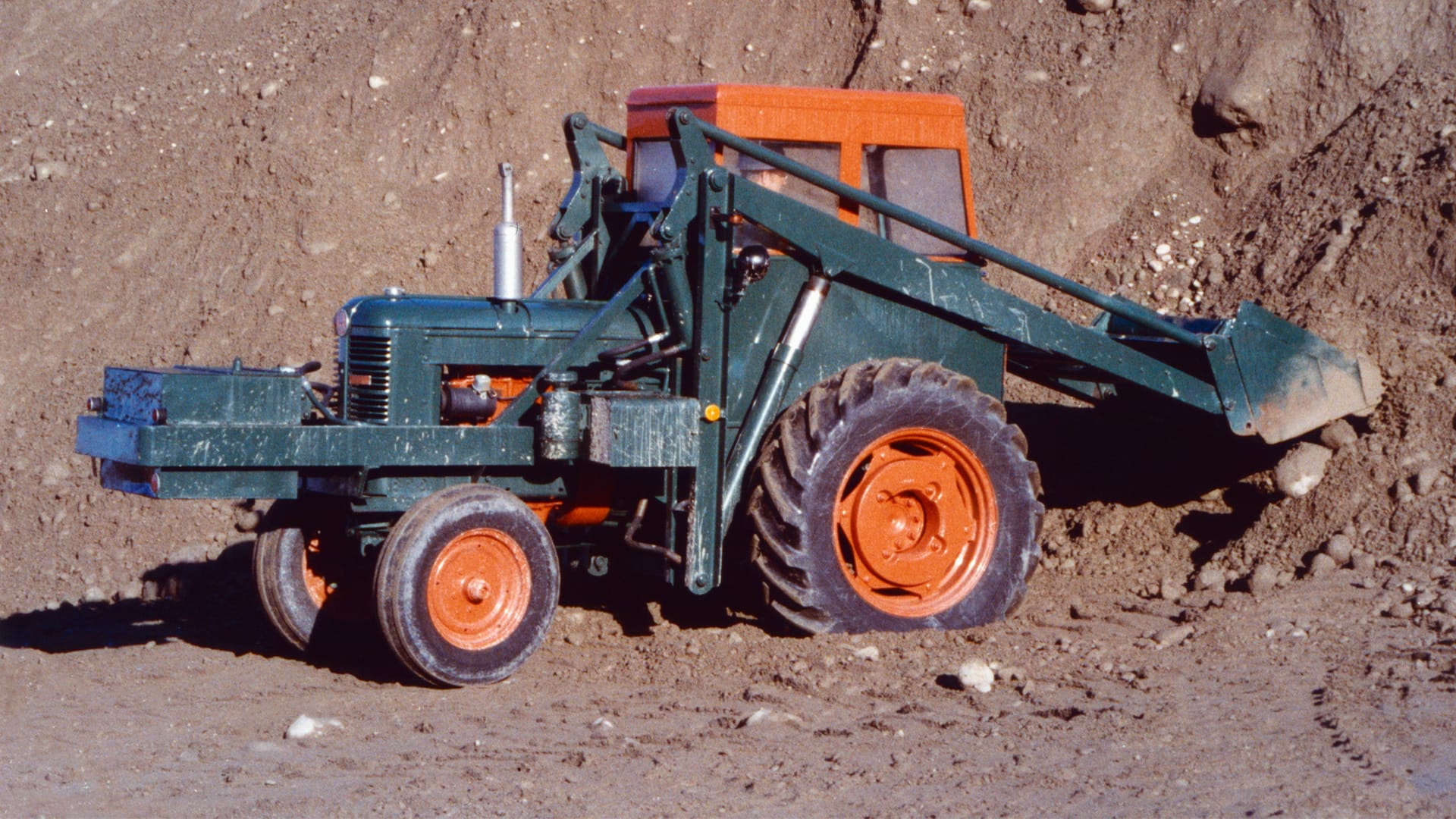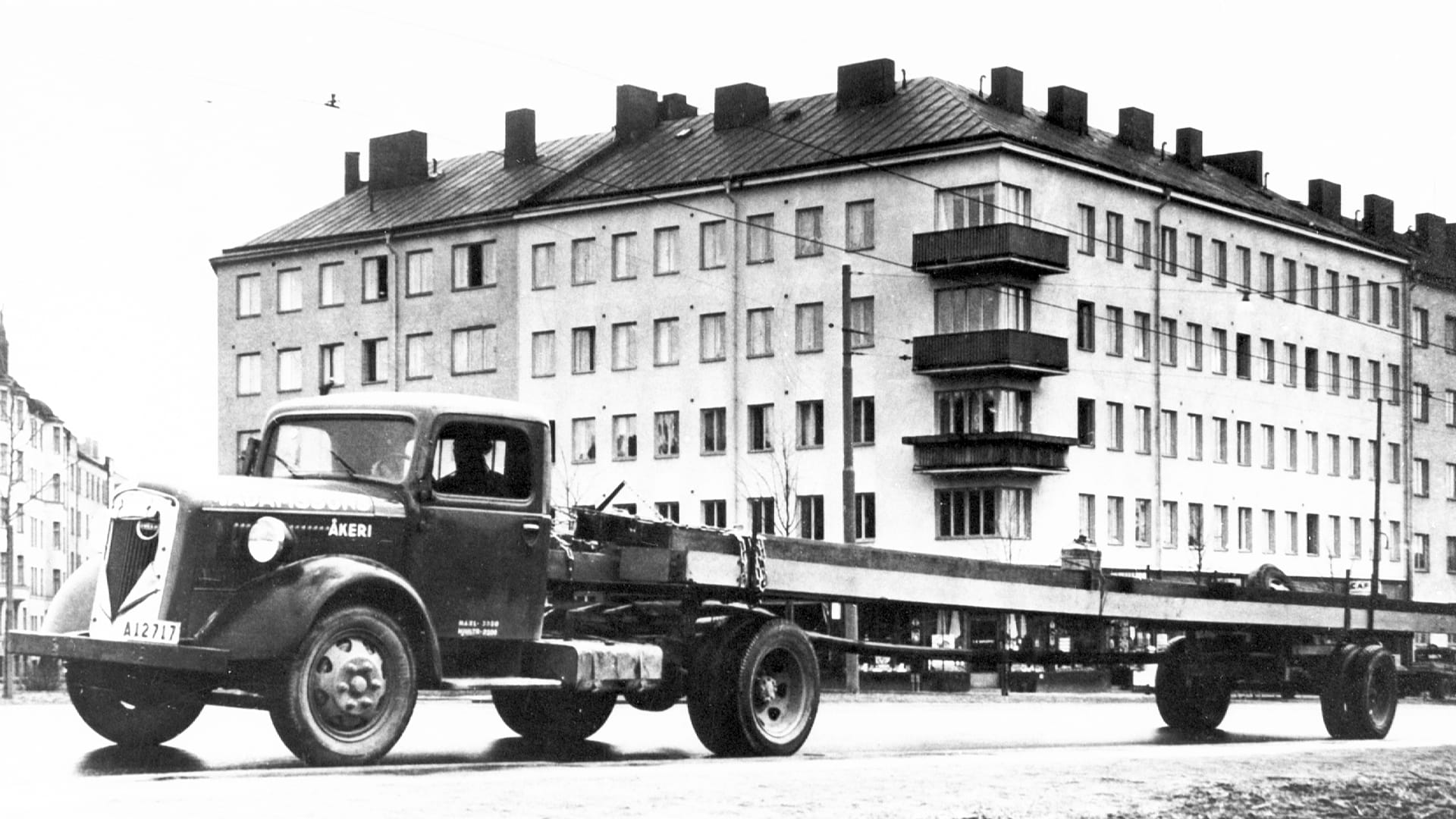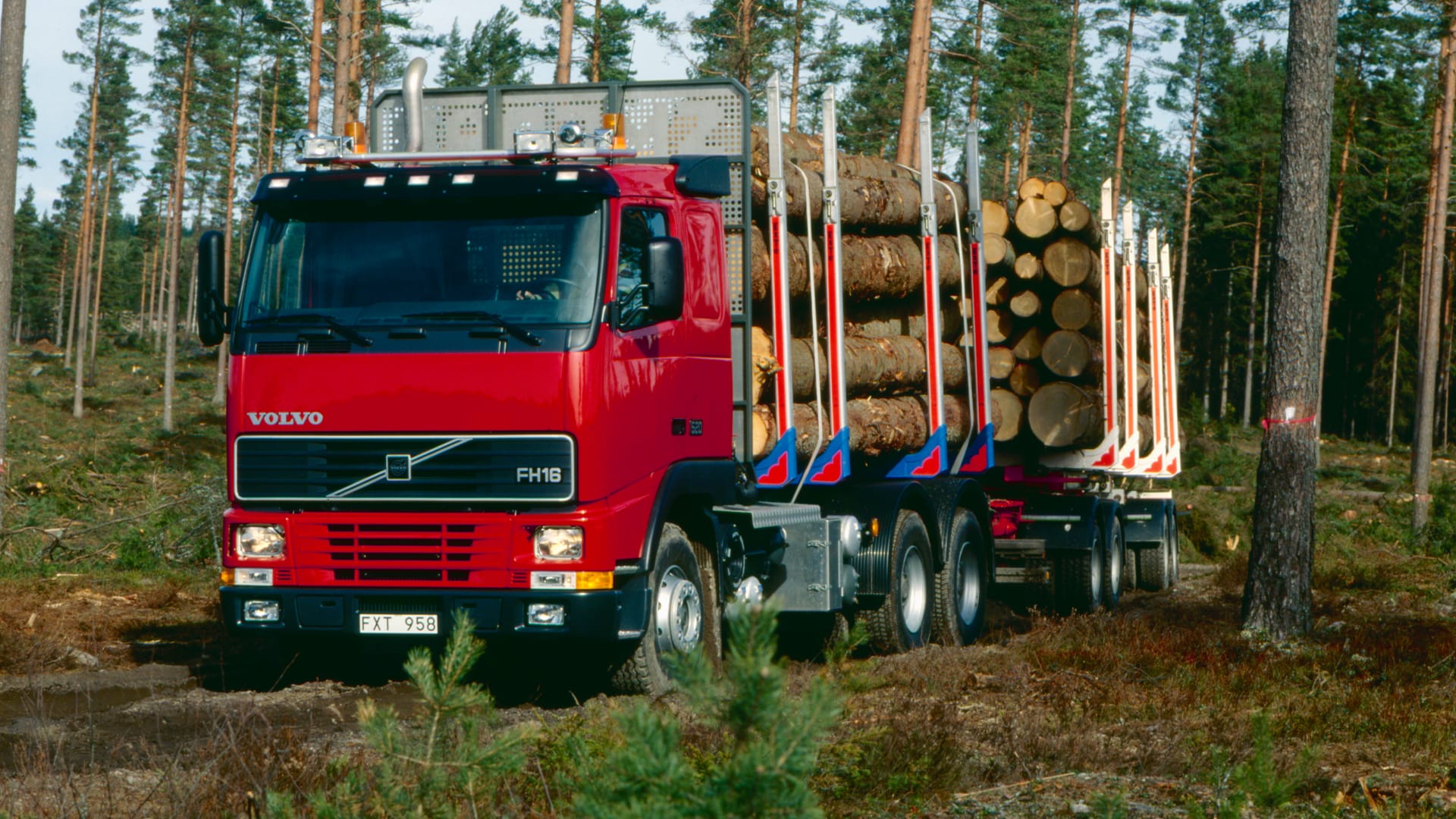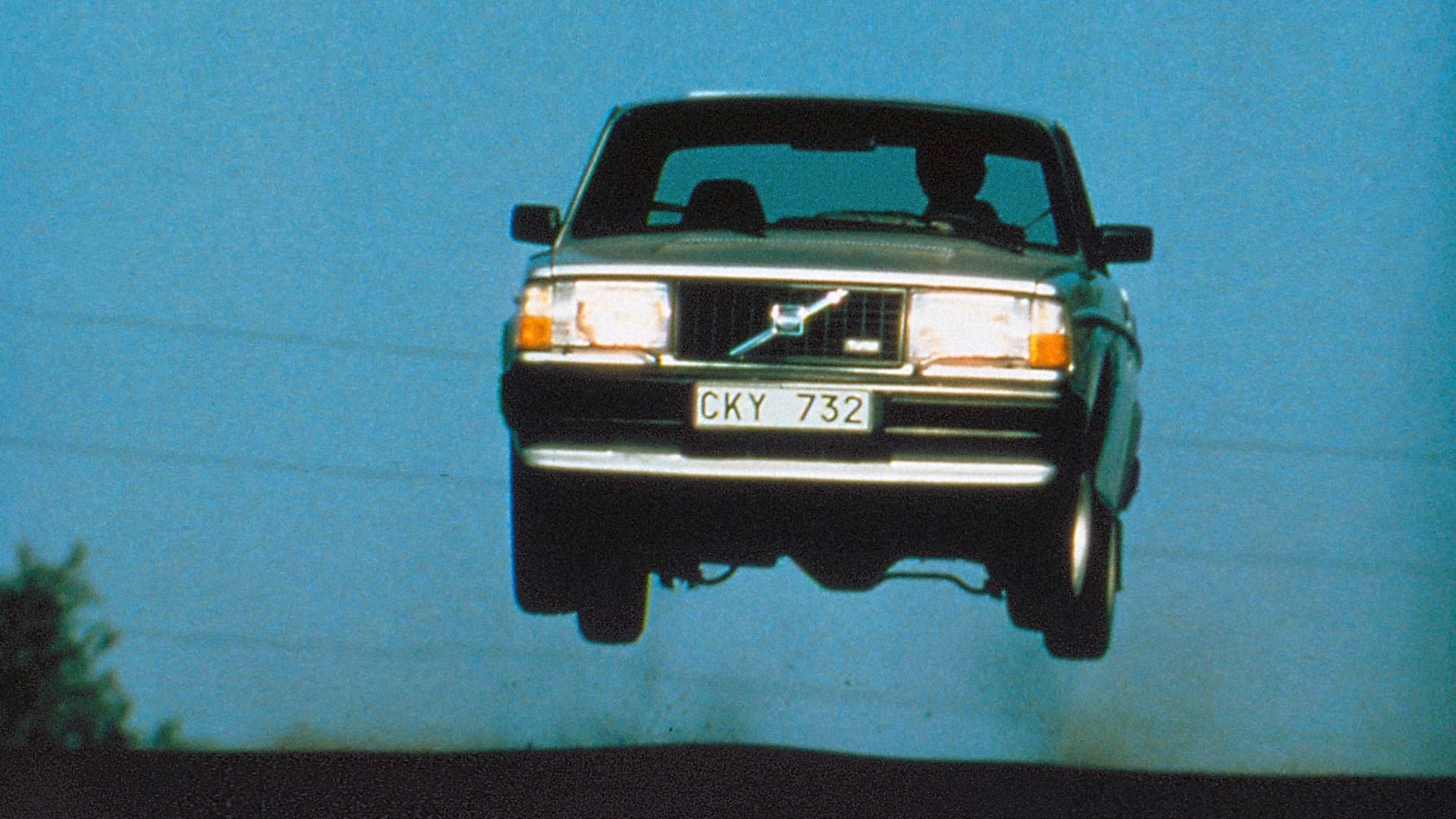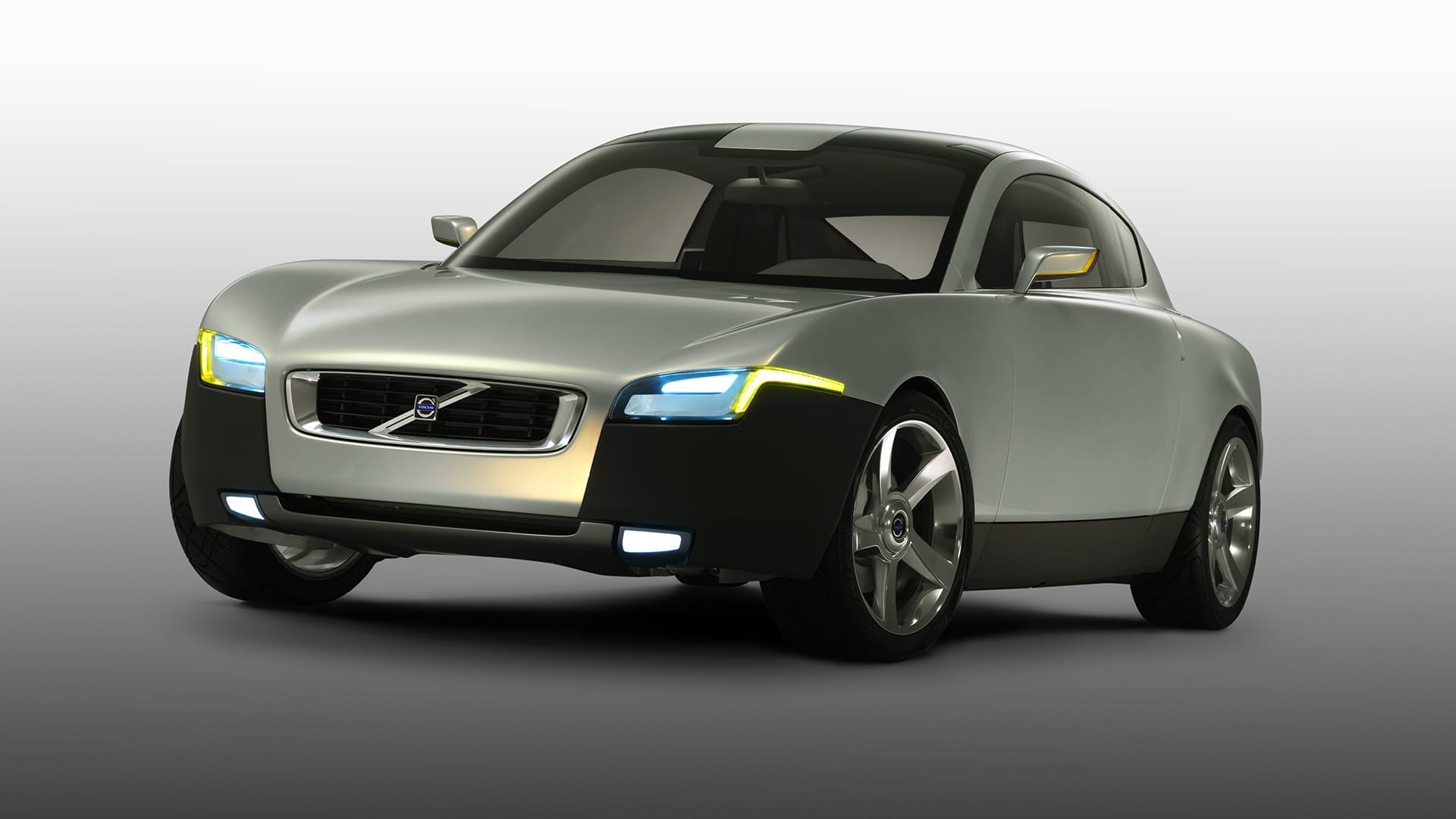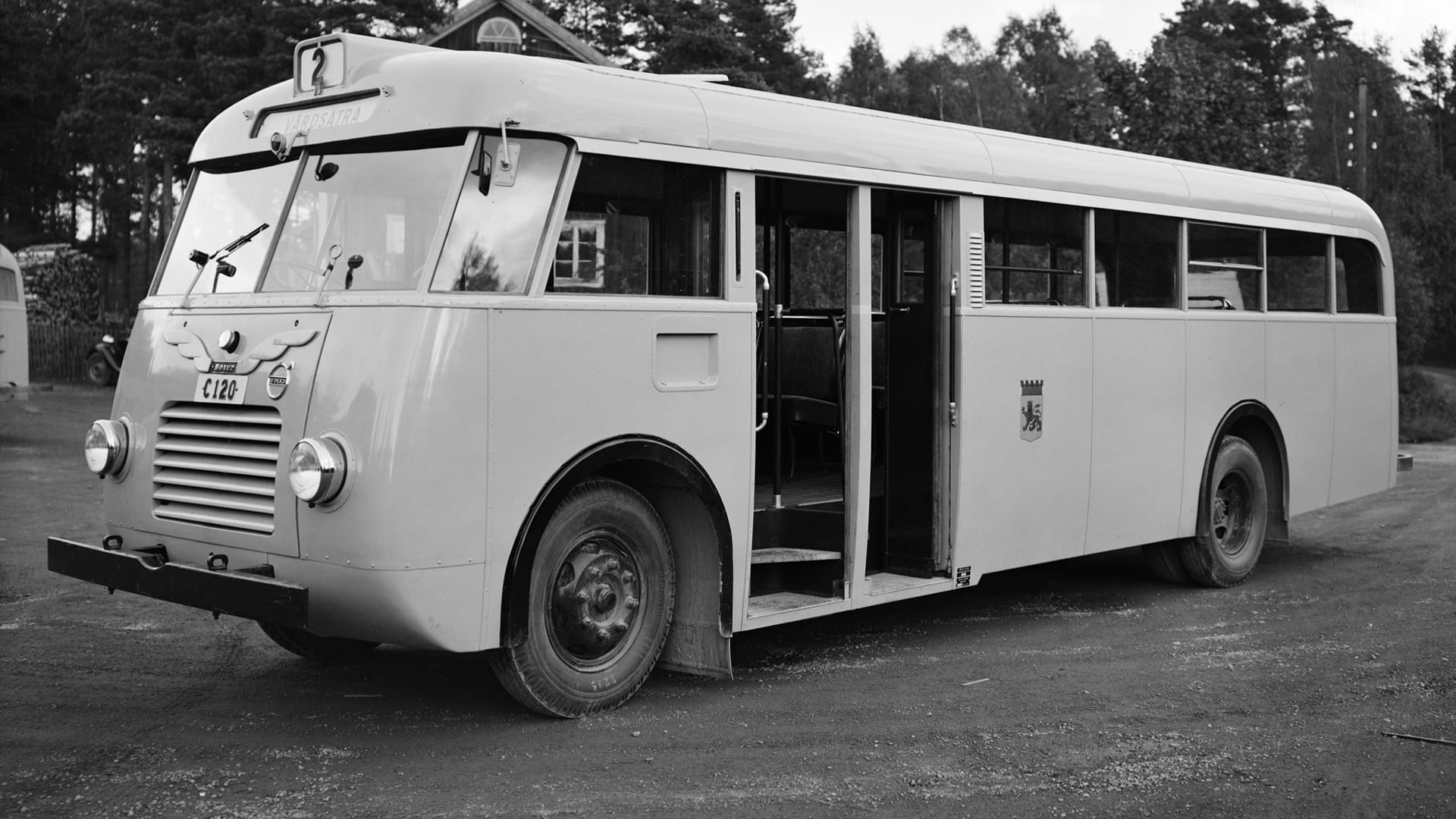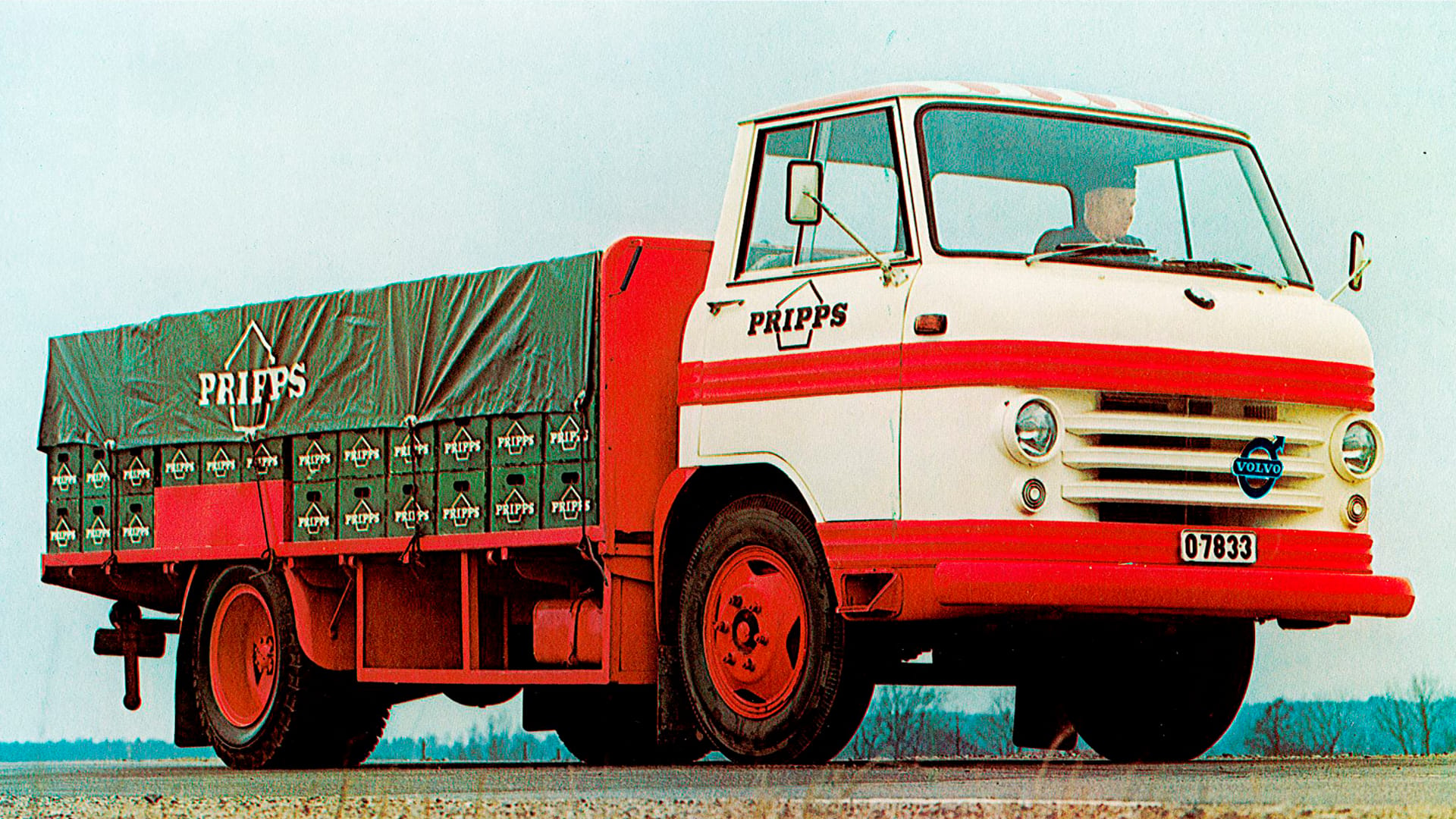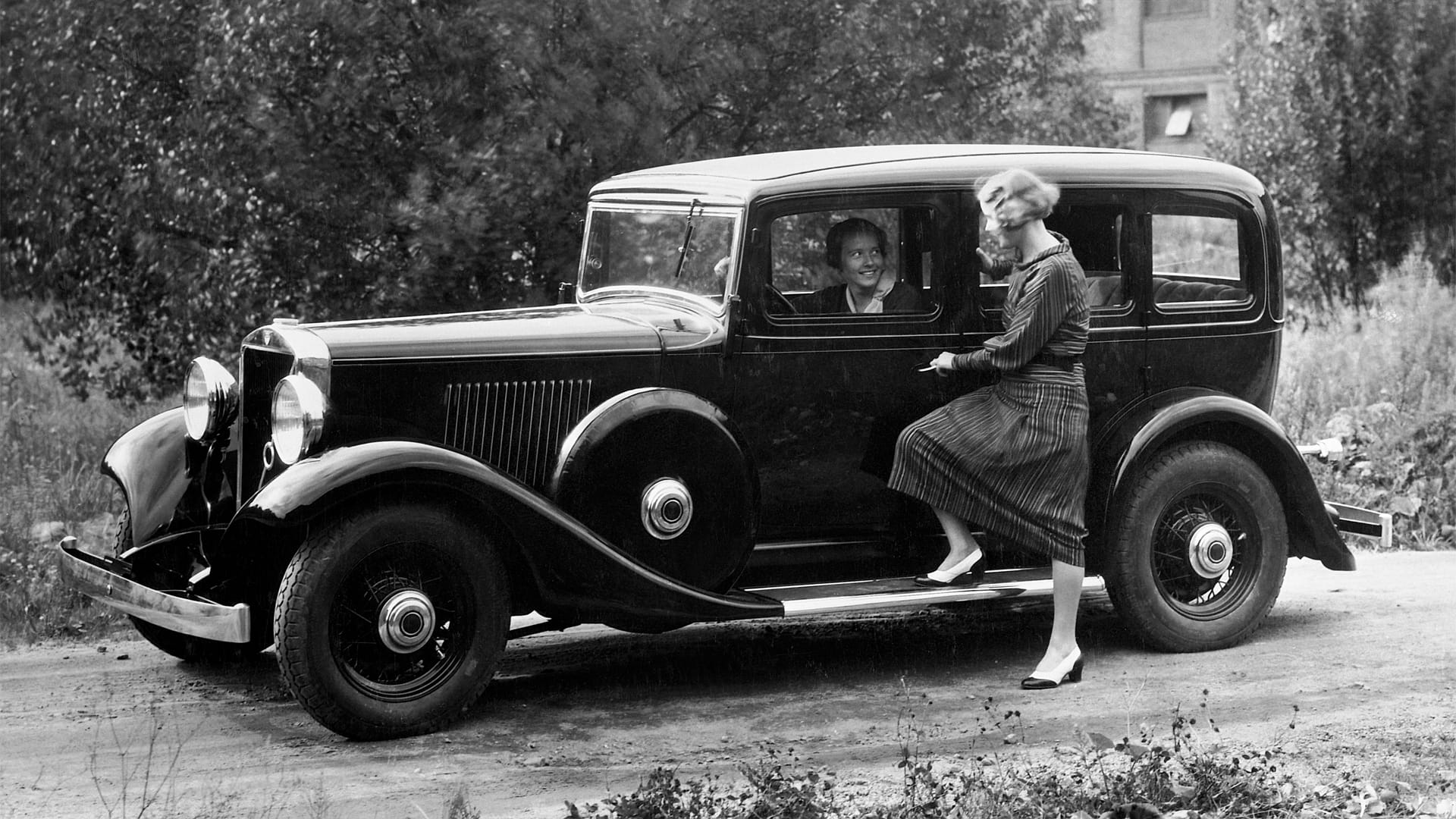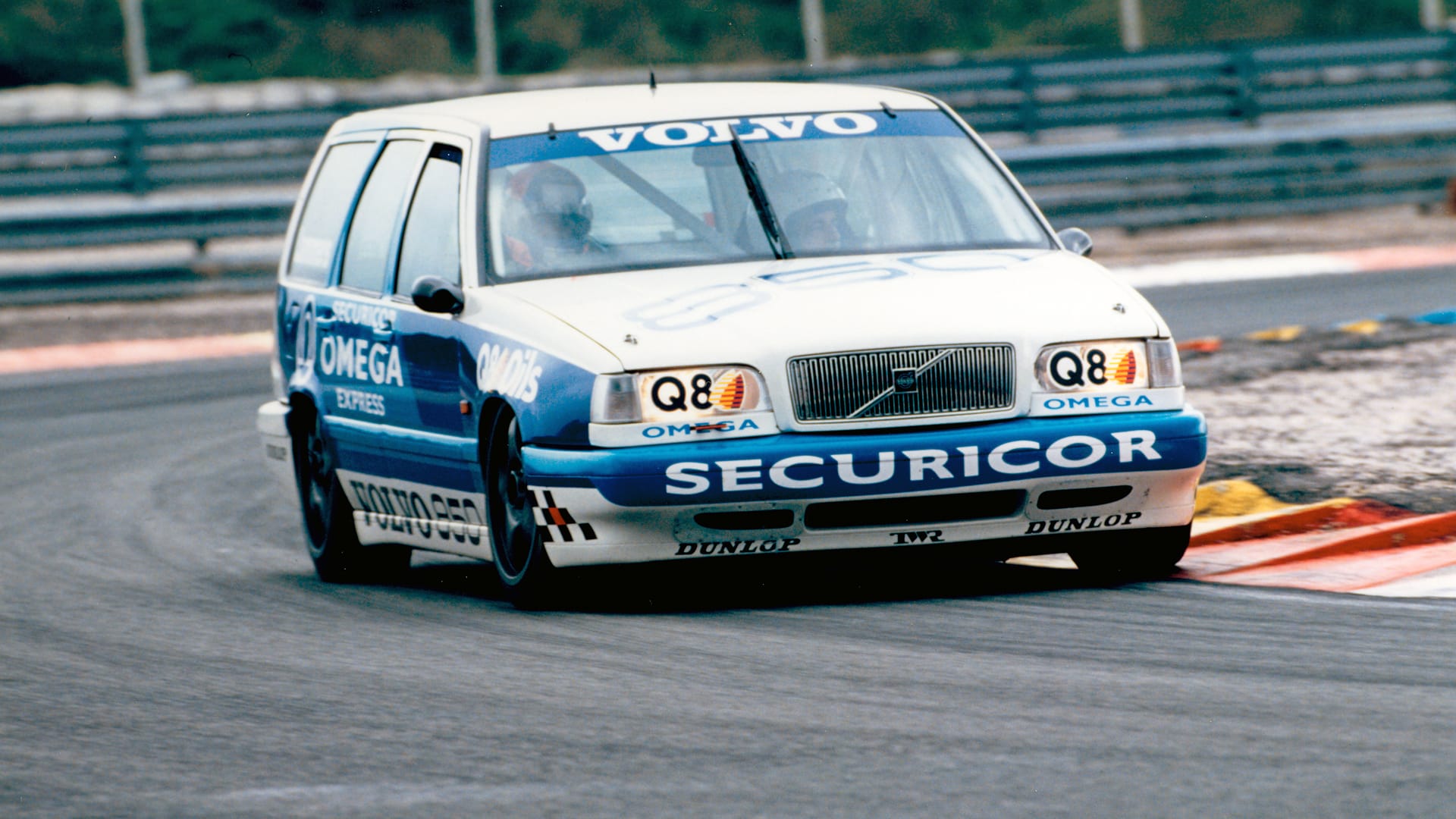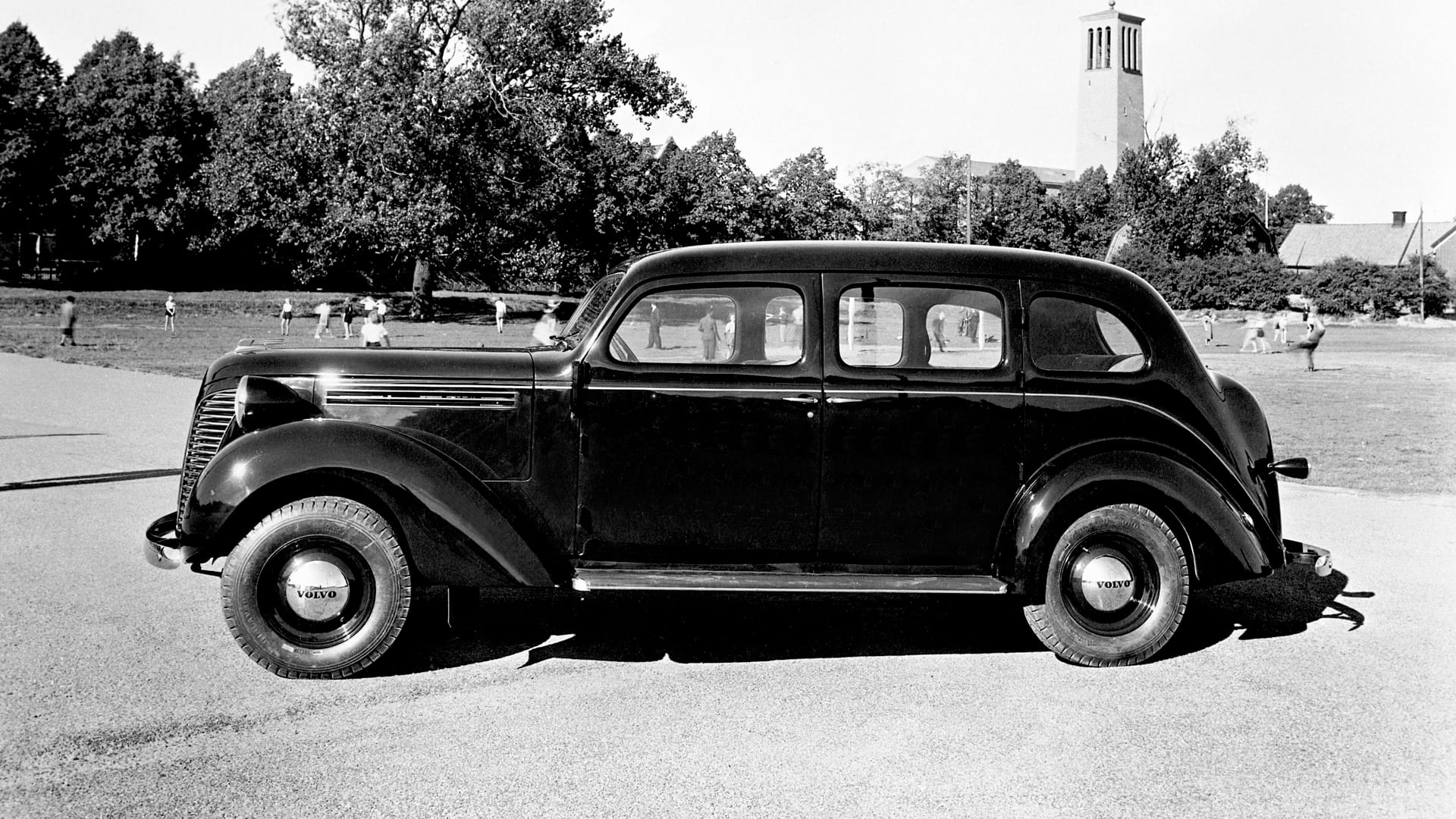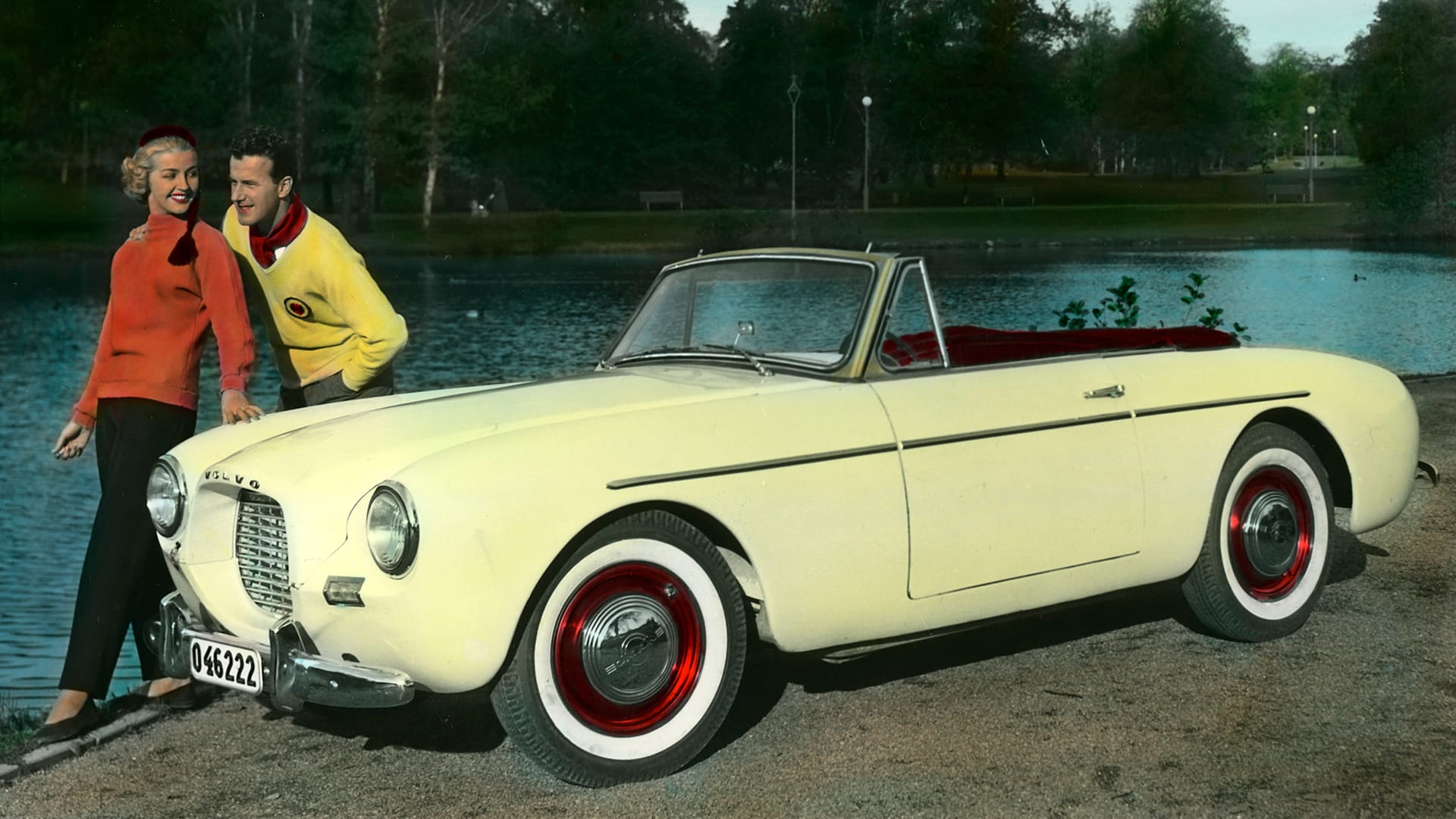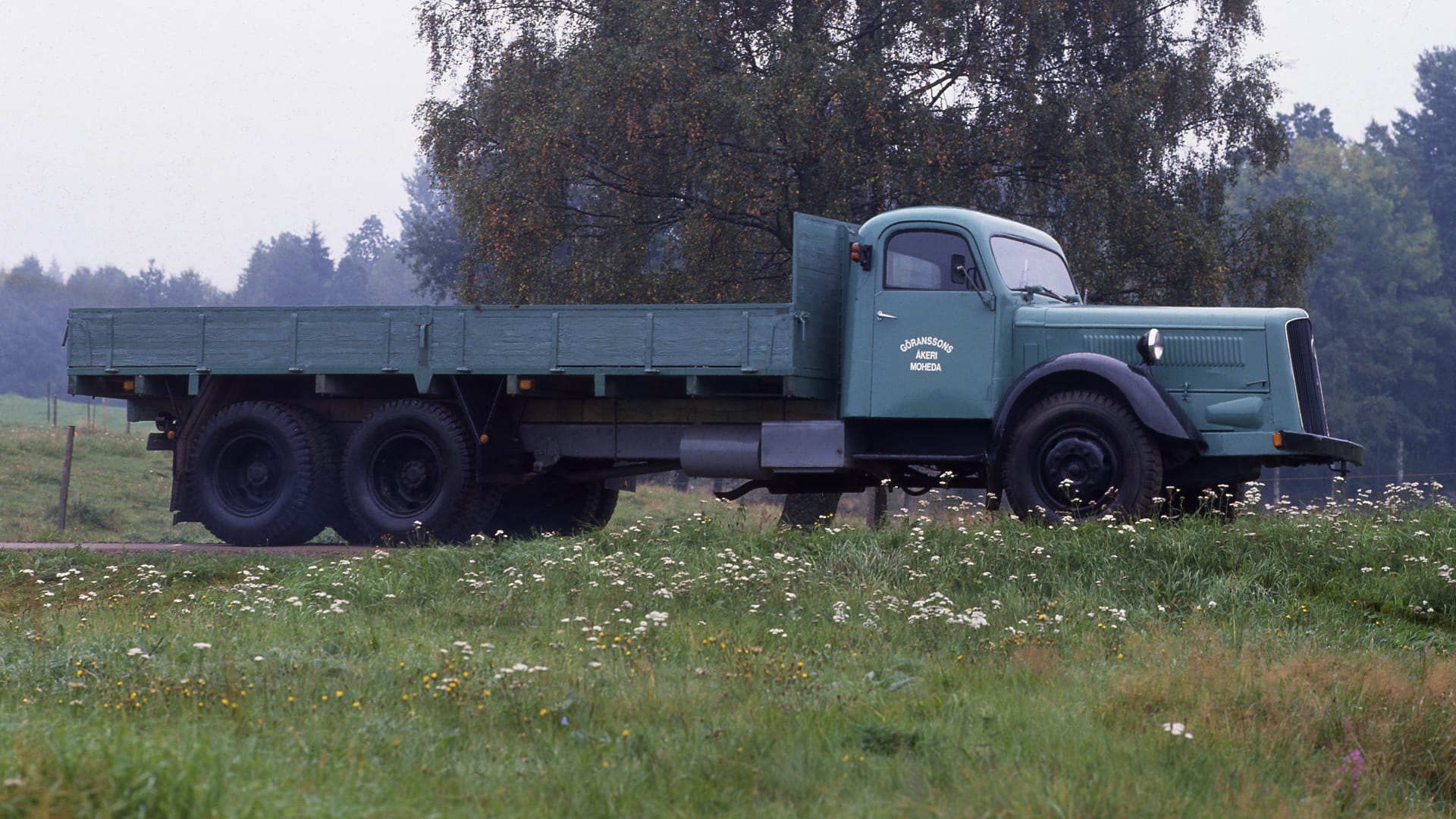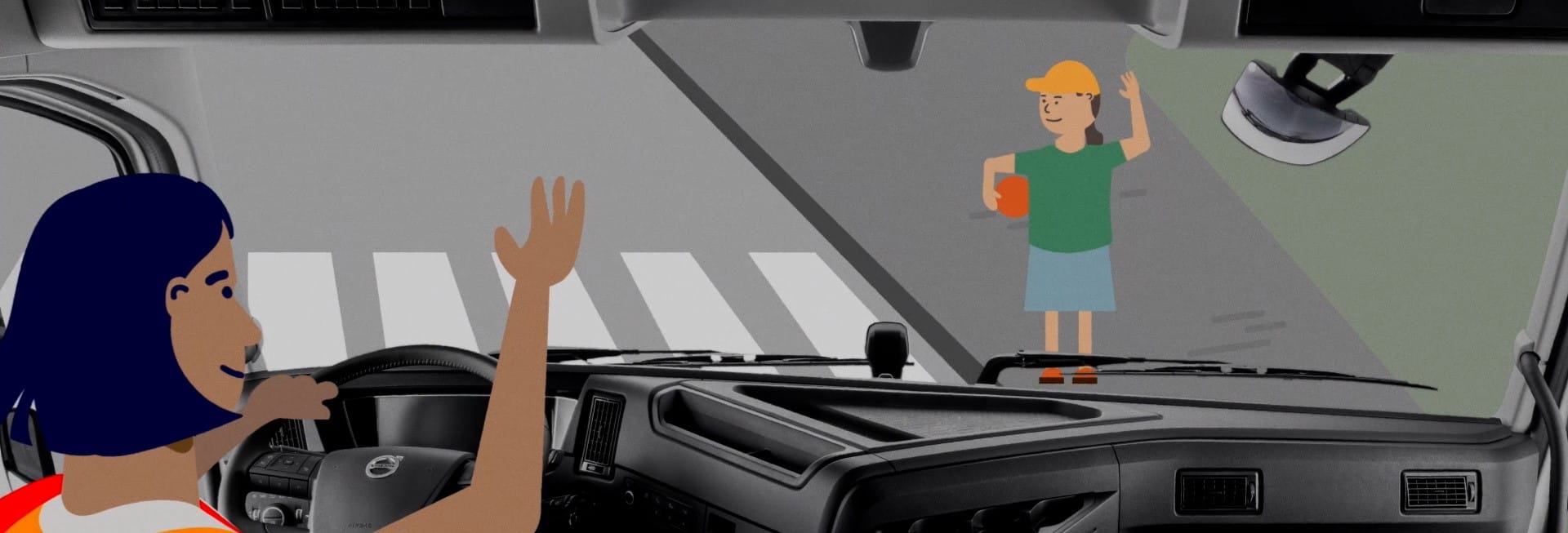Volvo LV4 Bus
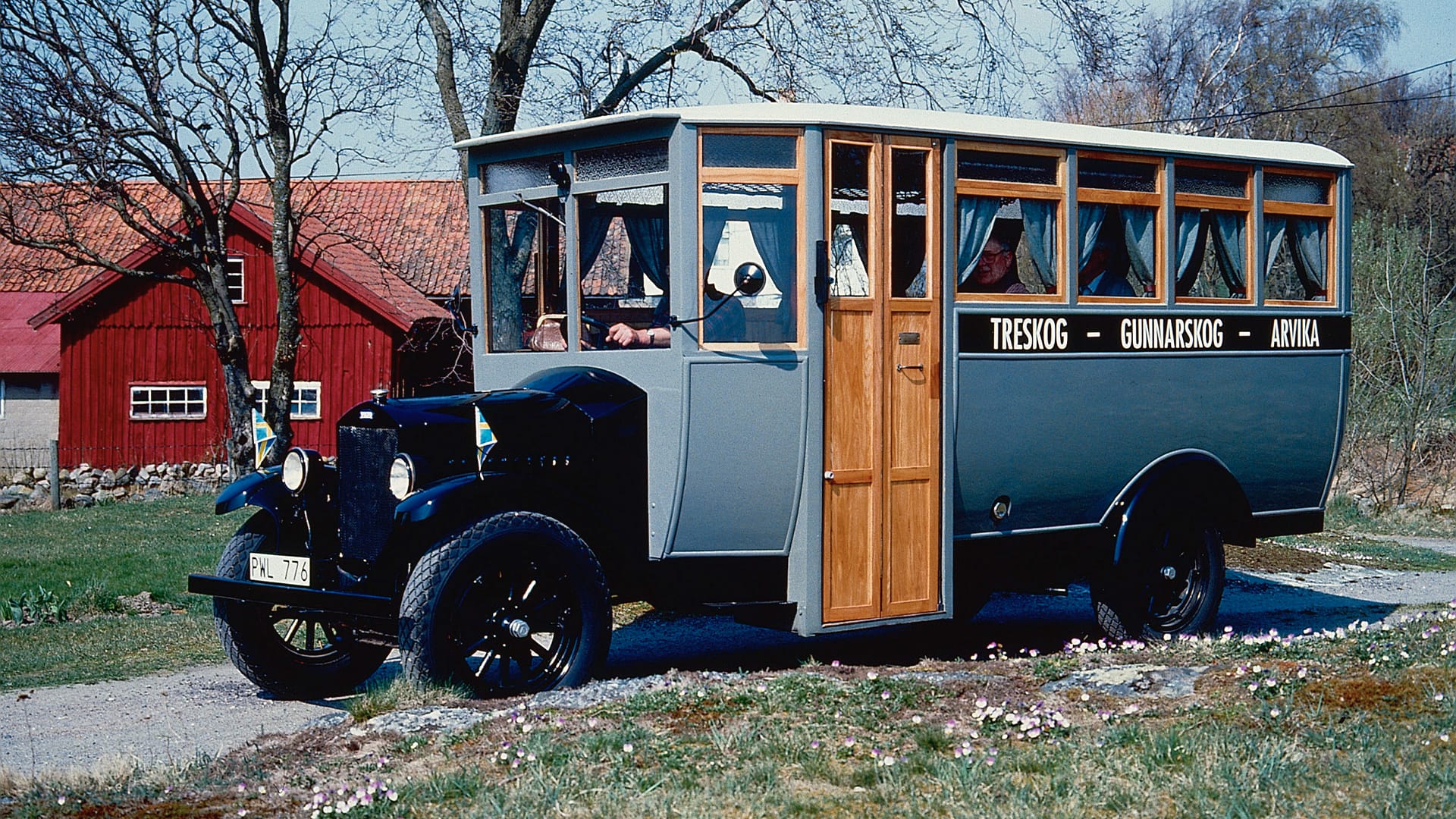
The first step on a new journey
As the economy strengthens in the 1920s, more and more Swedes desire to travel. Trains and buses become the choices for most people before the advent of widespread car ownership. The buses are built by independent body manufacturers on truck chassis, primarily from American manufacturers, but also from Swedish companies like Scania-Vabis and Tidaholm.
Volvo's first bus is launched at the end of 1928. It is based on the second series of trucks, and the body is manufactured by Arvika Vagnsfabrik. The bus offers seating for 15 passengers, and this specific bus operates in traffic in Värmland. The engine is the same as in the ÖV4 passenger car and the first trucks, where it is criticized for its modest 28 horsepower. However, in the bus, this is less of an issue, as the maximum allowed speed for buses is 20 km/h.
Very few buses with a four-cylinder engine are manufactured by Volvo. Only two are known, and only one is preserved – it is now at the World of Volvo. Bernt Olsson in Säffle finds and restores the bus in the 1980s. He then drives it in the famous vintage vehicle rally London to Brighton Commercial Vehicle Run, where it garners significant admiration. The bus features a handcrafted wooden interior ceiling, net luggage racks, and a mechanical door opening operated by the driver.
The best option
For most people in the 1920s, the bus is the best option for travel, especially for those in rural areas. The car has not yet had its breakthrough, and alternatives include walking, cycling, or – in winter – using a kick sled. Neither mopeds nor bicycles with attachment motors have become popular yet.
Sharing roads with horses
Buses are important not only for passengers traveling to towns but also for transporting mail, parcels, and goods. There are no timetables, so one must patiently wait by the roadside in the morning for the next bus. The roads are narrow and rutted, still frequented by horse-drawn wagons. Buses often suffer punctures from horseshoe nails that have come loose and remain in the tracks. Sometimes buses have to stop and give way to the wagons, as the horses are unaccustomed to motor vehicles and become agitated. The bus industry grows rapidly in the 1920s, leading to the formation of many regional bus companies.
